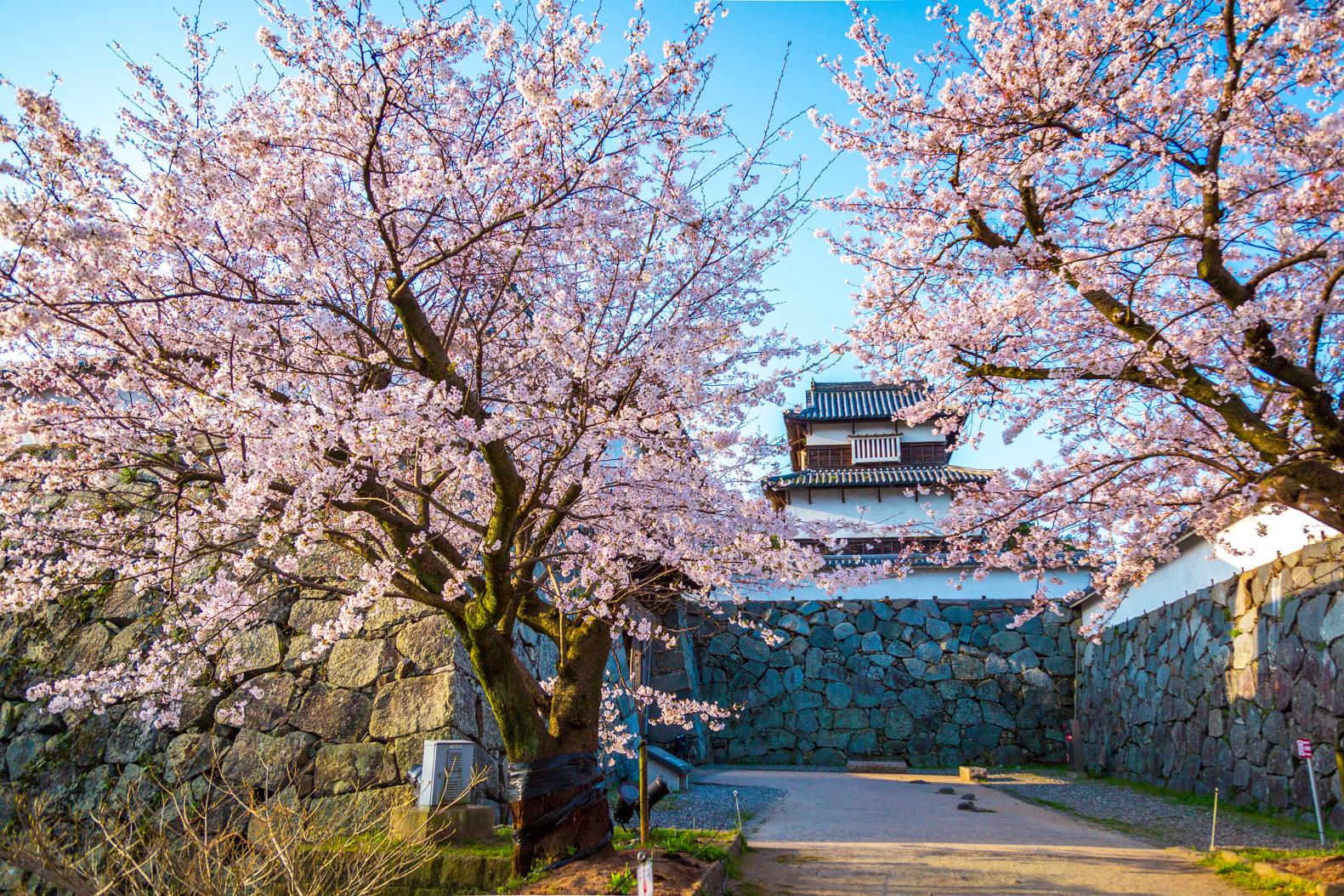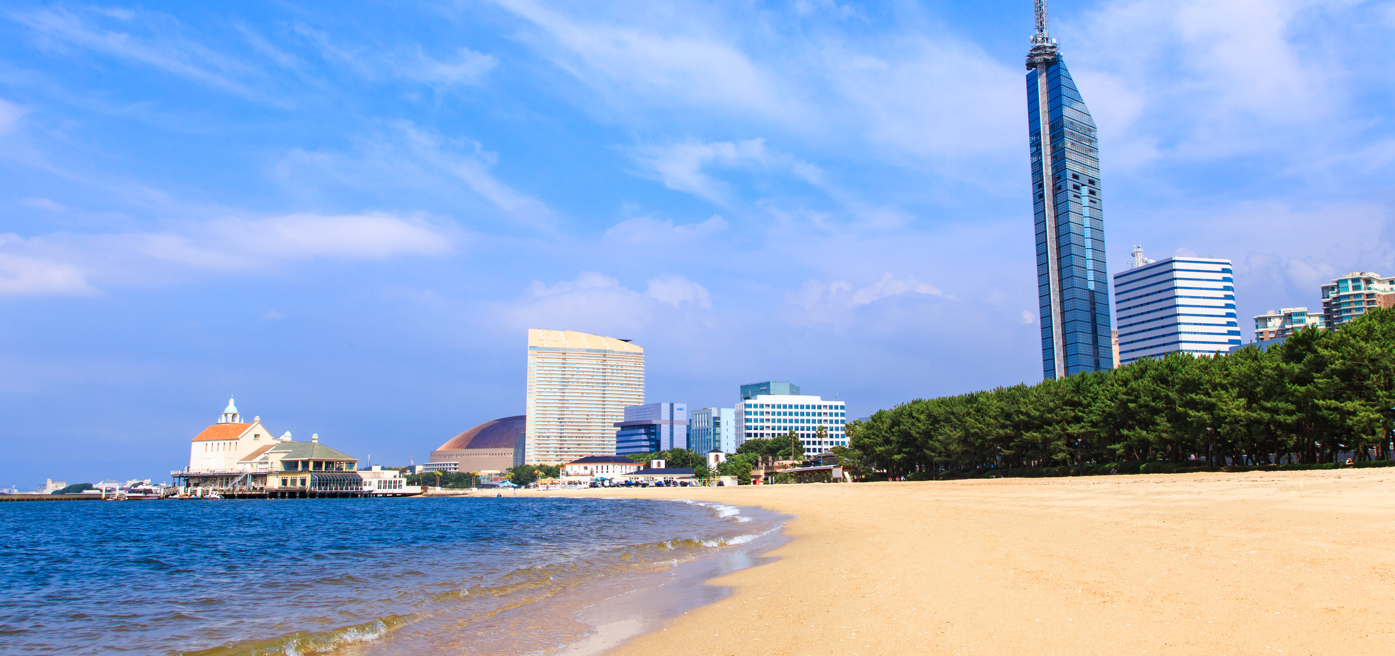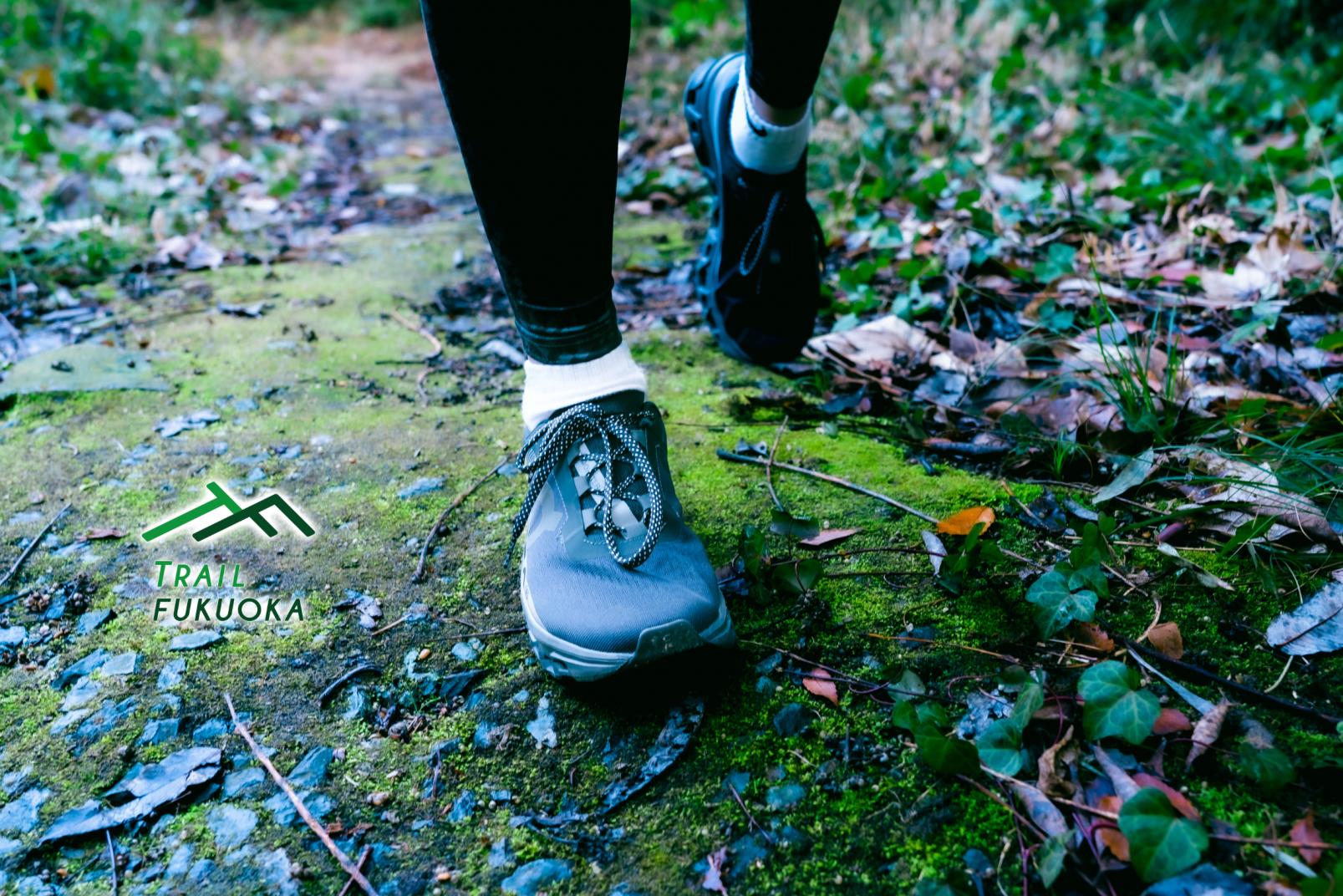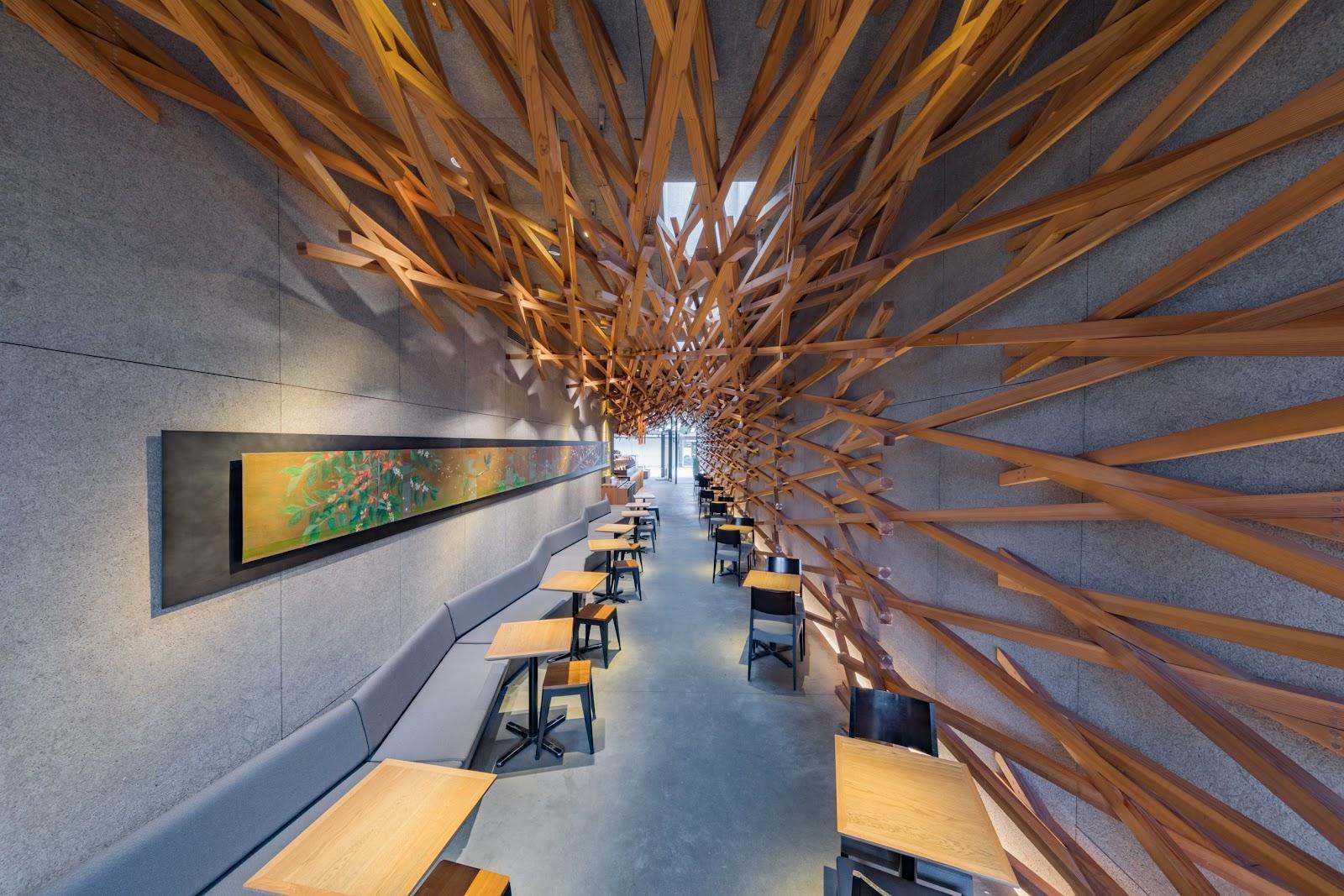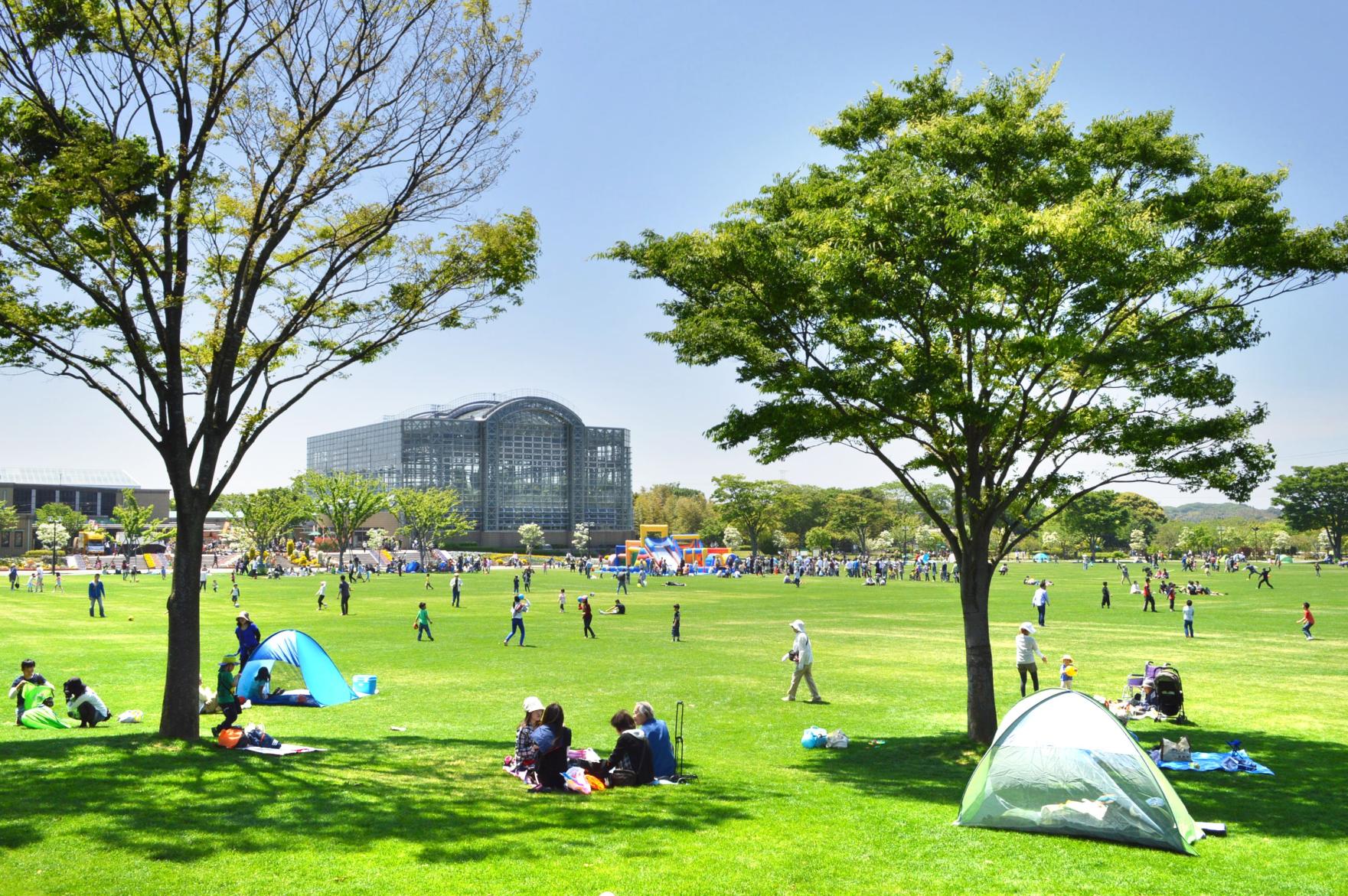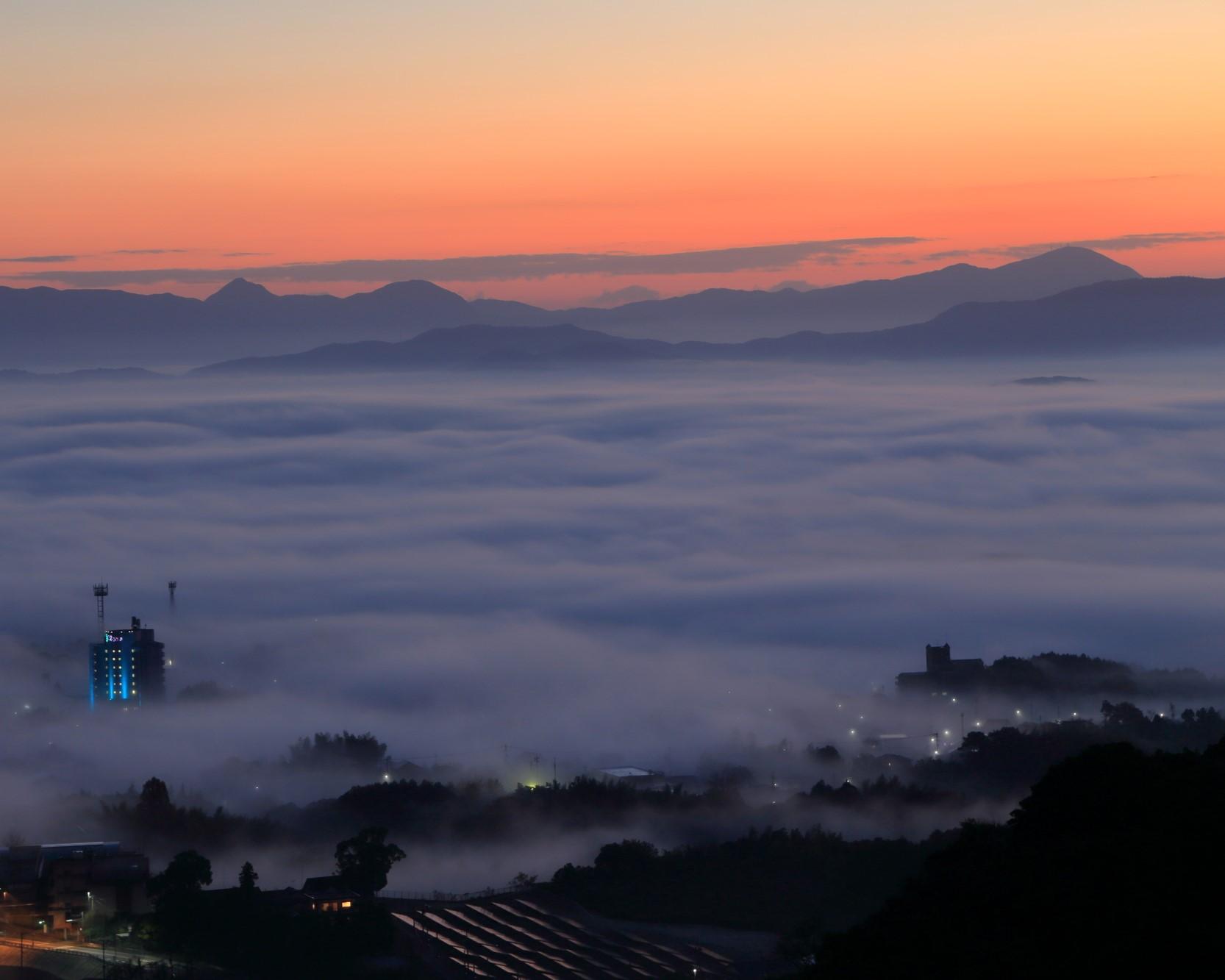
The Enchanting Natural Wonders of Fukuoka Prefecture
In this article, we’ll introduce our picks for Fukuoka Prefecture’s top scenic spots! With waterfalls, valleys, and even seas of clouds, these mystical wonders carved by nature will leave you speechless. Be sure to add them to your next Fukuoka itinerary!
Senbutsu Limestone Cave - Adventure Into a Mysterious Hidden World!
The Senbutsu Limestone Cave spreads out beneath the karst plateau of Hiraodai, located in the southern tip of Kokura, Kitakyushu.
It was formed when the limestone rocks of Hiraodai dissolved over countless years from rainwater and groundwater, and is a designated National Natural Monument. It remains at 16°C with 14°C water throughout the year, making it a great place to cool down in summer and warm up in winter.
While moving deeper into the cave, you’ll pass through narrow gaps in rocks and dip your feet in small rivers, making it feel like a true adventure! This kind of scenery can’t be viewed from the surface, so don’t miss the chance to see what lies beneath Fukuoka!
Fukutsu Ocean Mirror
The scenic two-kilometer-long Fukuma Beach in Fukutsu is known locally as “Ocean Mirror,” coming from its shallow water reflecting the sky like a mirror.The best time to see this phenomenon is at low tide during a spring tide on a day without wind. At dusk, the setting sun glimmers over the sandy beach, forming a romantic landscape. When low tide is during the day, the sea reflects the blue sky and clouds, making for vibrant photos!There are many different landscapes to enjoy depending on the season and time of day, so be sure to check in advance before visiting!
Mt. Yaki - Enjoy the Fantastic Scenery of a Sea of Clouds!
Mt. Yaki Observation Park in Iizuka City is located on the 228-meter-tall Mt. Yaki Pass and is known as a viewpoint from which you can overlook the city.
This area is also known as a place where you can see a “sea of clouds” – a natural phenomenon in which the clouds look like the sea when viewed from above, such as from a mountain.
This phenomenon often occurs in the early mornings of clear days when there is no wind and a big difference in temperature between day and night. It is most commonly seen in spring and autumn.
A sea of clouds can also appear in the mornings following a rainy day in autumn, so be sure to get up early the day after it rains and visit Mt. Yaki Pass!https://www.crossroadfukuoka.jp/en/spot/11833
Senju-in Falls - A Little-Known Scenic Spot!
Senju-in Falls in Itoshima City is a 15-meter-high and 12-meter-wide waterfall inside a cluster of maple and cedar trees with a refreshingly chill breeze. It is recommended to visit this little-known spot in June, the season when the trees grow lush and vibrant.
The area is believed to have been the hiding place for the Taira clan, who fled the capital after being defeated in a political conflict around 800 years ago. It is said that the wife and two daughters of Taira no Shigemori danced by this waterfall.
It is recommended to take a taxi to reach the falls. It is a 20-minute car ride from Ikisan Station on the JR Chikuhi Line, via the Ishizaki intersection. It will then take 8 minutes by foot.
The falls cannot be visited directly from Shiraito Falls, also in Itoshima City, so please visit from the Ishizaki intersection.
Doyama in Ashiya - A Huge Cave on the Coast!
Doyama, in the town of Ashiya, was formed by two separate islands that became connected by land.
On Doyama is a cave with a height of 10 meters, a width of 12 meters, and a length of 30 meters. It was formed by many years of weathering, but appears so perfect that locals tell of the following legend:
“Long ago, Empress Jingu stopped here on her way to battle, and shot an arrow at the island to pray for victory. The arrow pierced straight through the island, and the hole became bigger and bigger over the years until it reached the size we see today.”
You can also enjoy fishing and exploring the rocks, and if you want to cross over to the island, visit at low tide.
Sengoku Gorge - A Cool Place to Splash Around in Summer!
Sengoku Gorge is a popular summer swimming spot that stretches roughly 2 km along the upper reaches of the Yakiyama River in Miyawaka.
The riverside is full of natural rocks and trees offering refreshing shade to escape the summer heat. There are many places where the water is shallow, but children should still wear floaties to have fun safely.
In the area you’ll find "Ikoi-no-Sato Sengoku," which has a campground, park, plaza, and more. The Hana no Mizube Koen Campsite promises a smooth camping experience even for beginners, and is loved by families.
Even outside summer, the cherry blossoms of spring and autumn leaves make it a place worth visiting all year round!
Ryuo Gorge - The Mystical Waterfalls Are a Must-See!
Ryuo Gorge in Noogata City is known as a summer retreat surrounded by many Japanese cedar trees. The mysterious Ryuo Waterfalls, flowing from three levels, are an especially marvelous view within the gorge you should definitely see!
The Ryuo Gorge Camp Village, inside the neighboring Kitakyushu Quasi-National Park, opens every year from mid-July to late August and is bustling with tourists. There are also bungalows, so it is possible to take a rest there or stay overnight.
Experience nature to the fullest at Ryuo Gorge!
Miike Port - A World Heritage Site With Stunning Sunsets Twice a Year!
Opened in 1908, Miike Port is part of the “Sites of Japan's Meiji Industrial Revolution” World Heritage Site.
The Miike Port Observatory is a popular spot for photographing beautiful sunsets. For 10 days in January and November, when the position of the setting sun is at around 247 degrees, a straight line of light appears to stretch over the water’s surface, as if showing ships the route out to sea.
This breathtakingly beautiful phenomenon has been dubbed “The Route of Light,” and if your timing is right, you may even see ships sailing along it.
Cho-on Falls Park - A Natural Melody of Falling Water!
Cho-on Falls Park, located in Ukiha, is a spot famous for rest and relaxation, offering plenty of stunning fall foliage, fresh spring greenery, and other seasonal splendor.
The sound of water falling from the park's 27-meter waterfall is like music to the ears, which is why it’s called “Cho-on,” meaning “an arrangement of sound.”
The surrounding parkland boasts two additional waterfalls to discover, along with “somen nagashi” flowing noodles until the end of September, an iconic summer symbol in Japan. Relishing noodles while watching the waterfall is the height of bliss!
We hope you enjoyed this list of stunning natural scenery! These places are totally unique to Fukuoka Prefecture, so if you visit, be sure to witness their beauty for yourself.
MAP
Google Maps may not display correctly if left open for more than 1 day


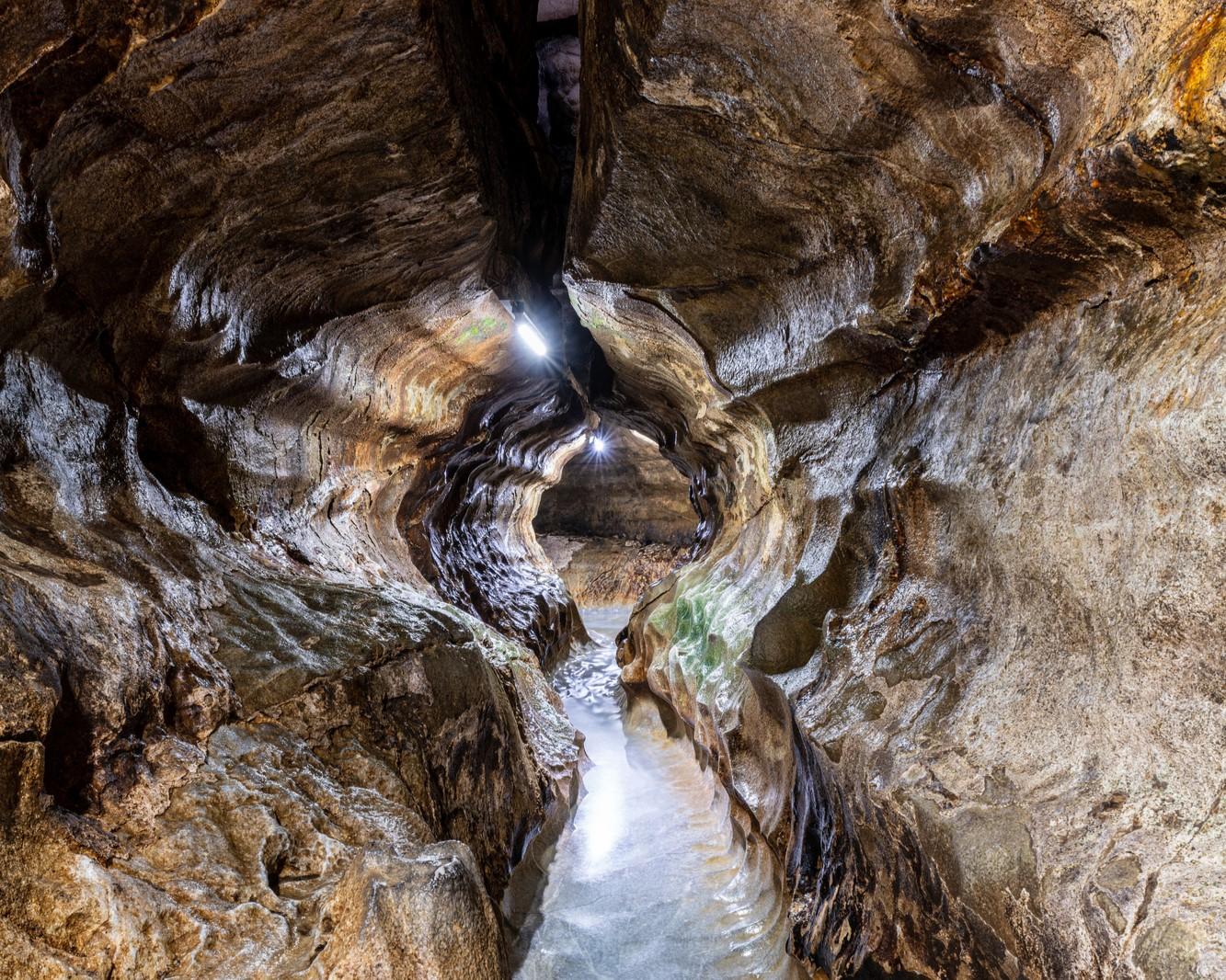
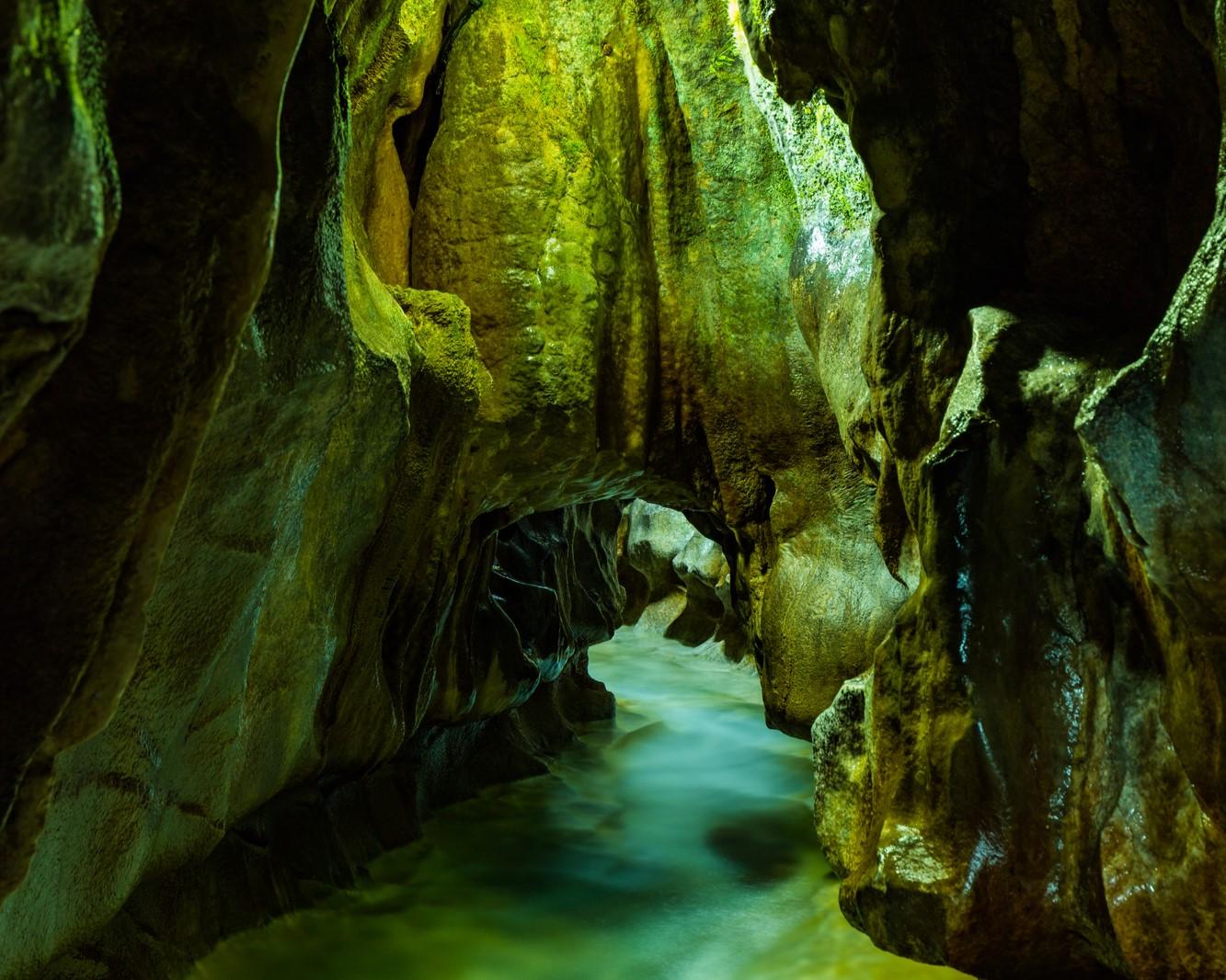
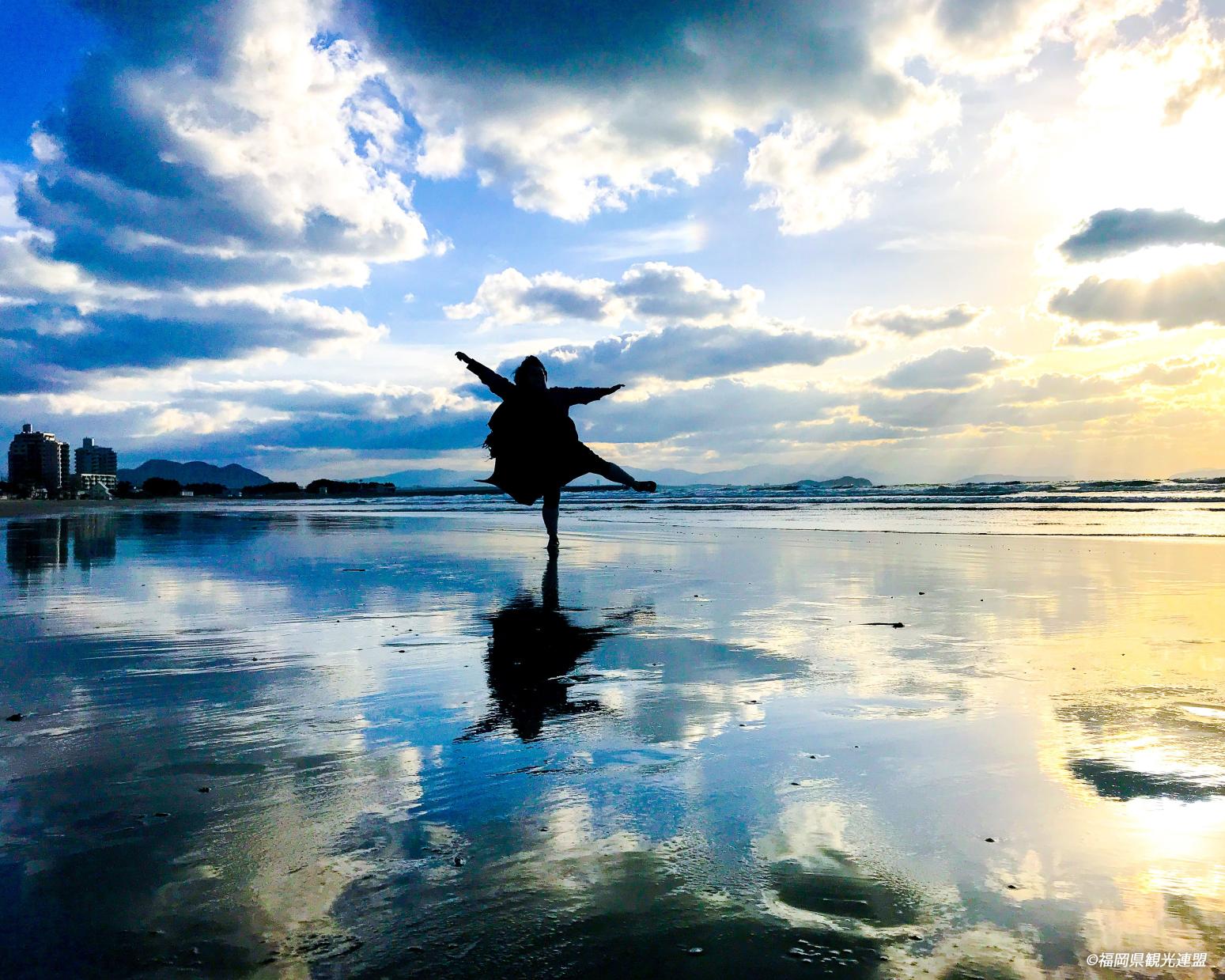
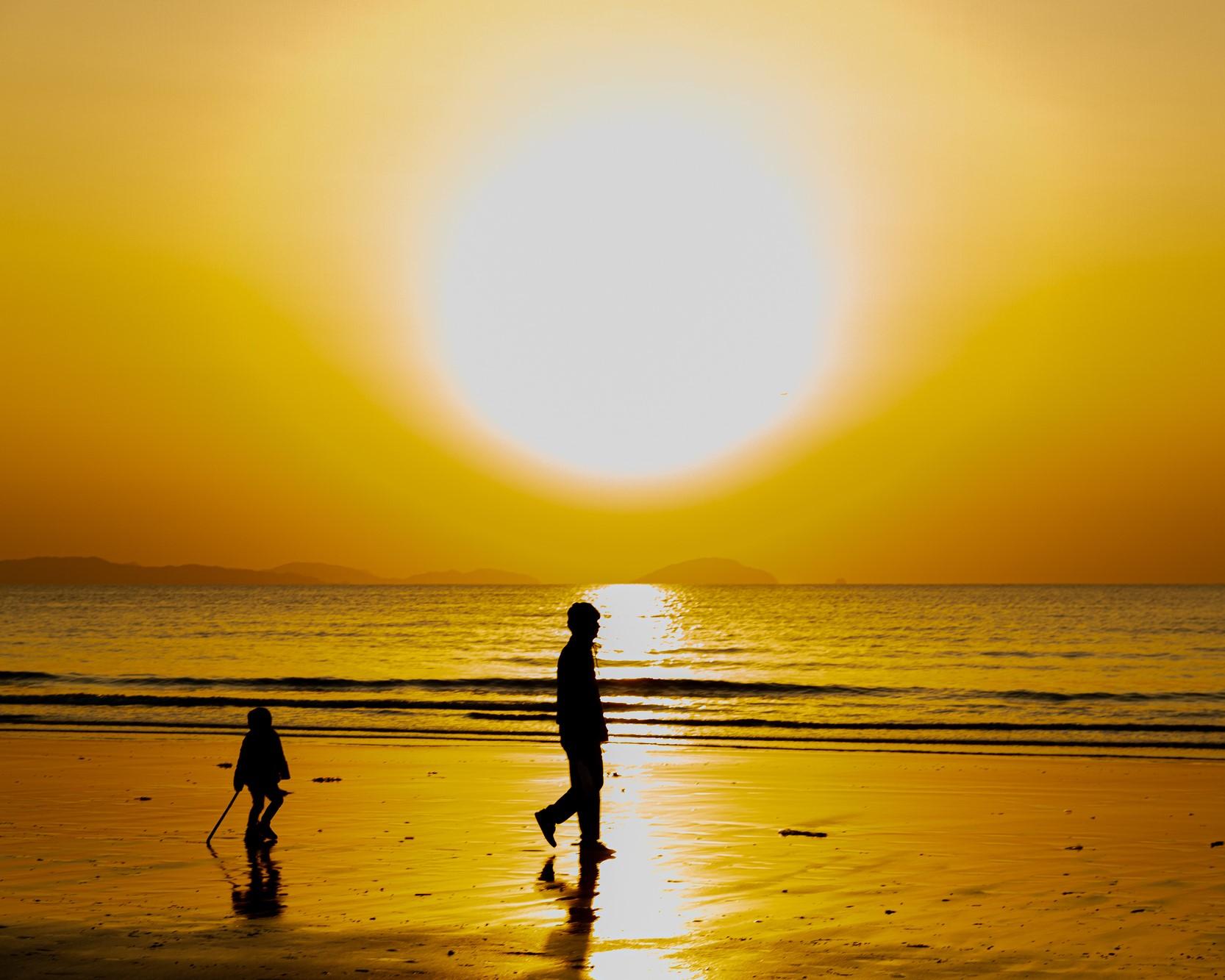
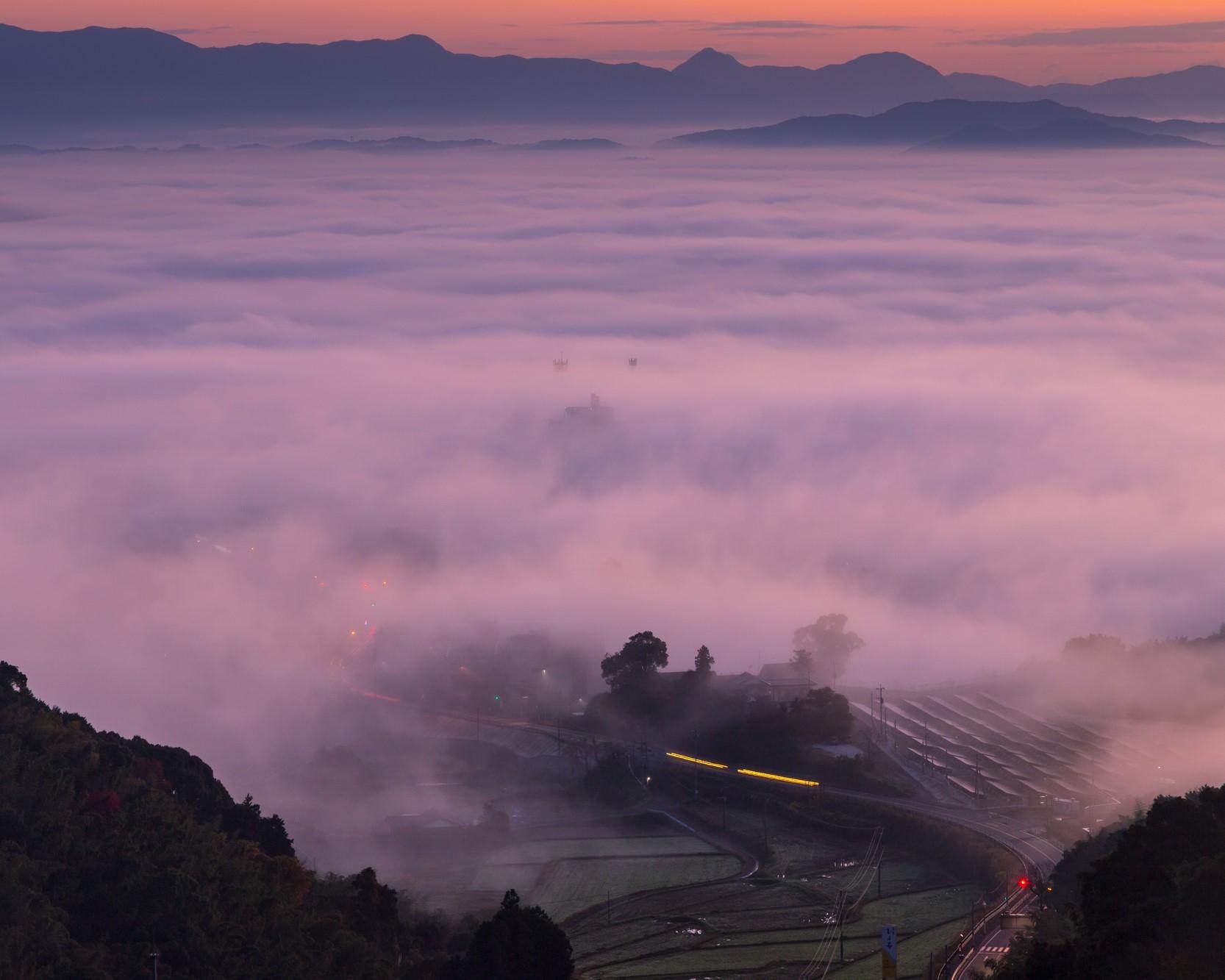
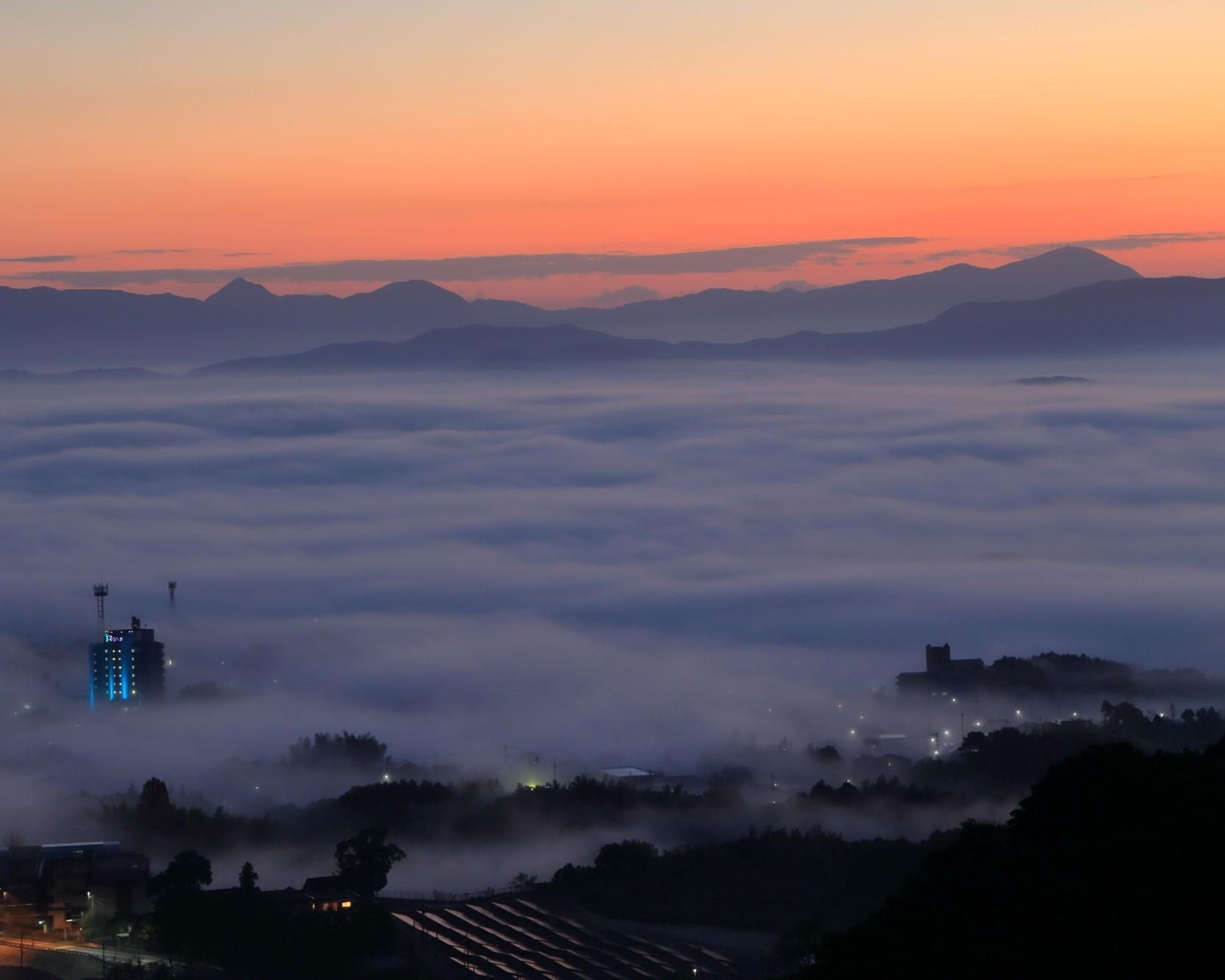
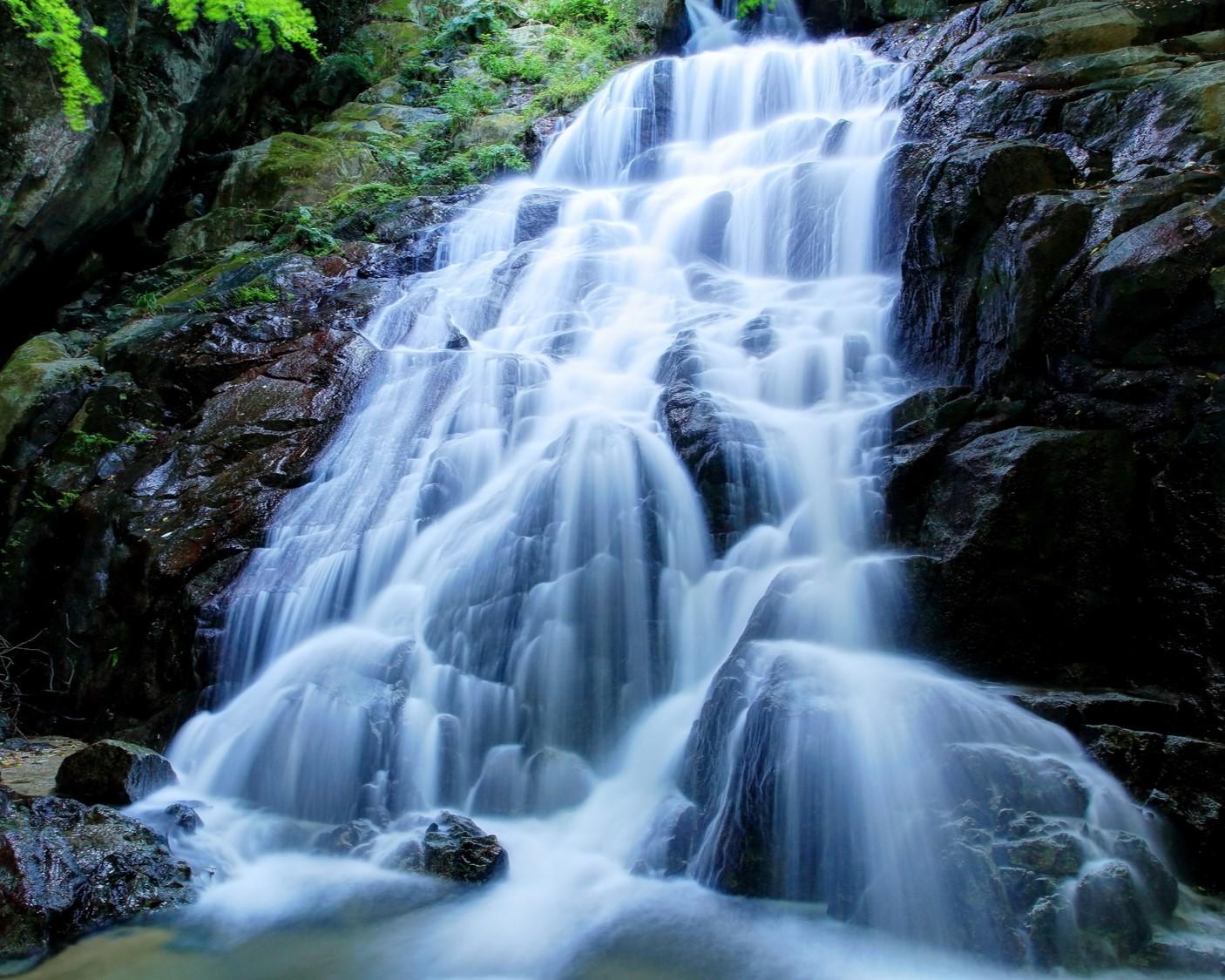
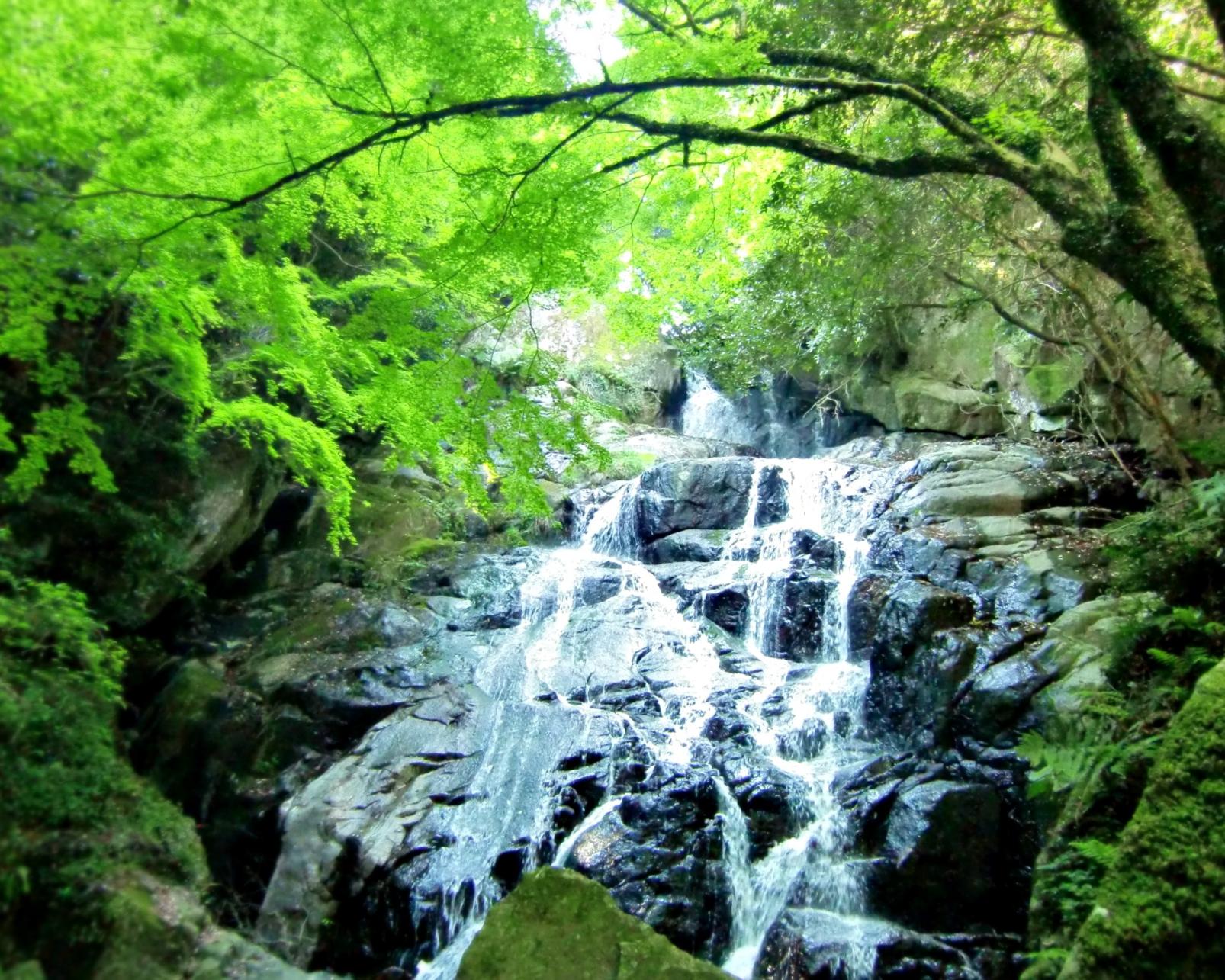
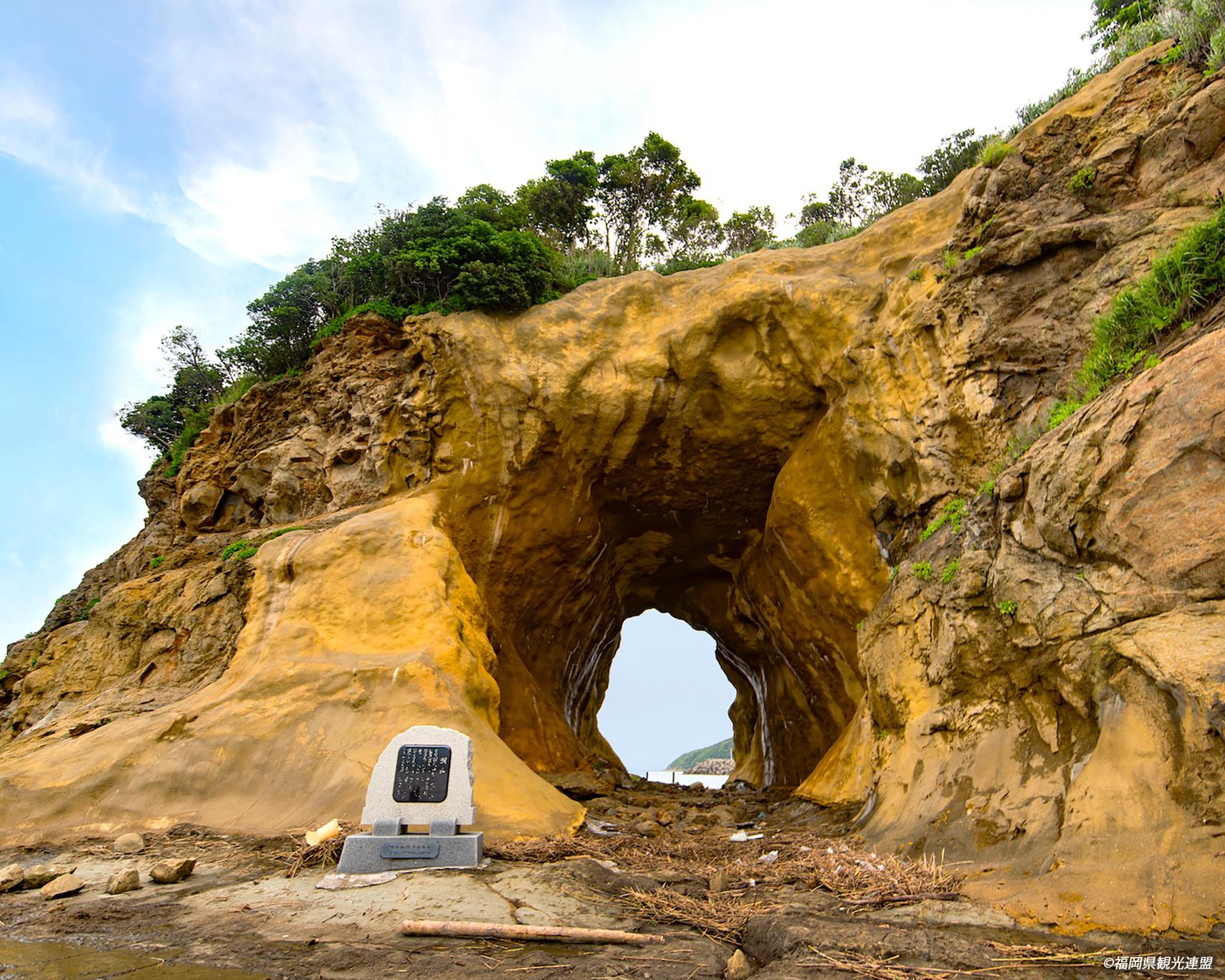
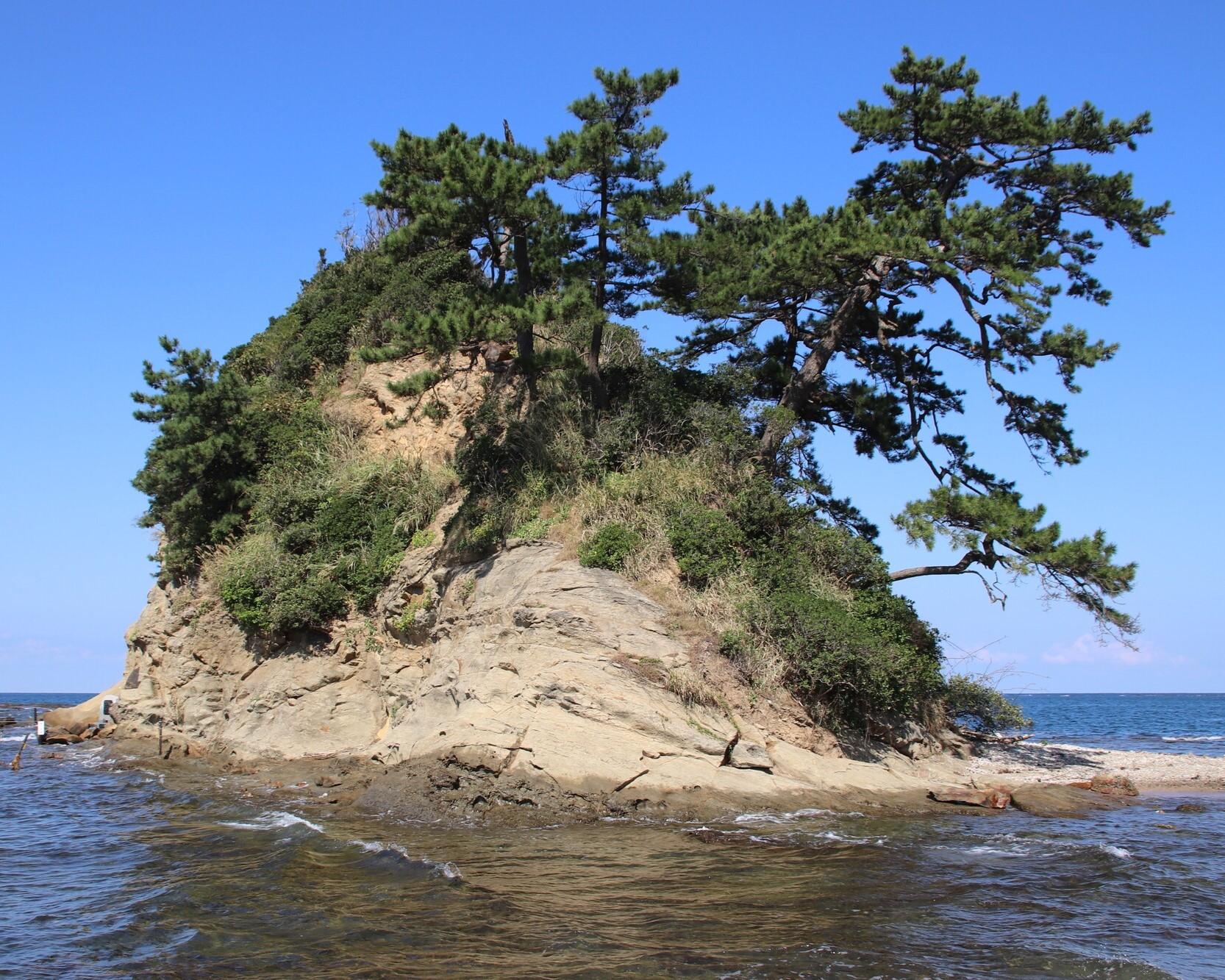
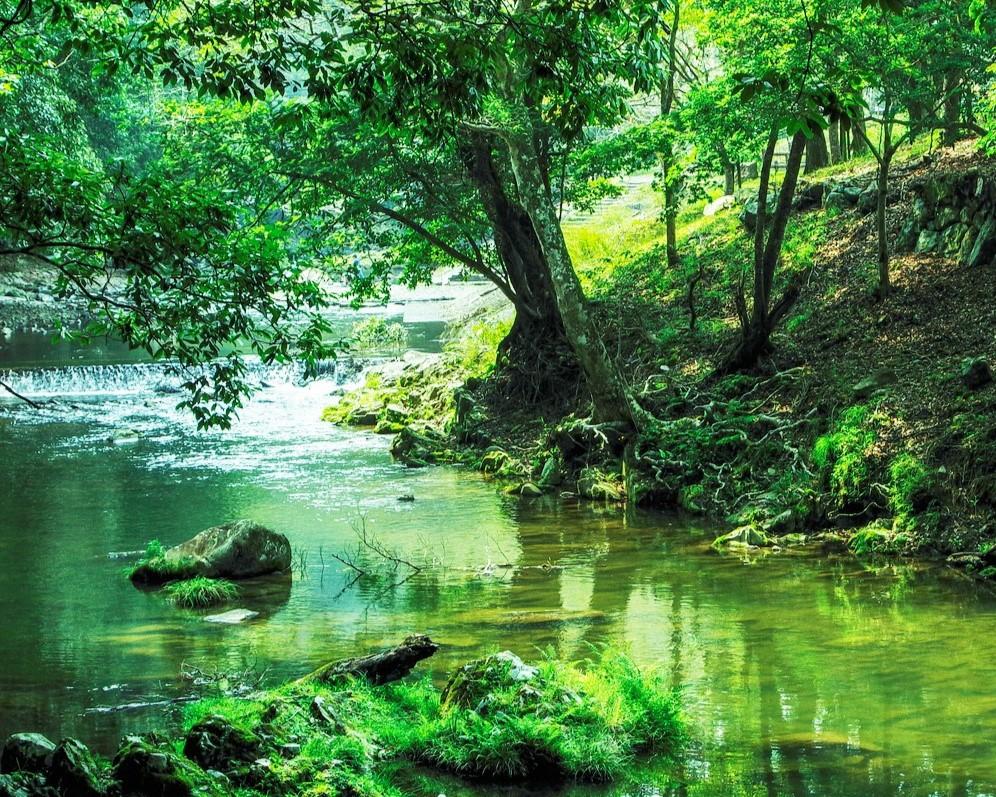
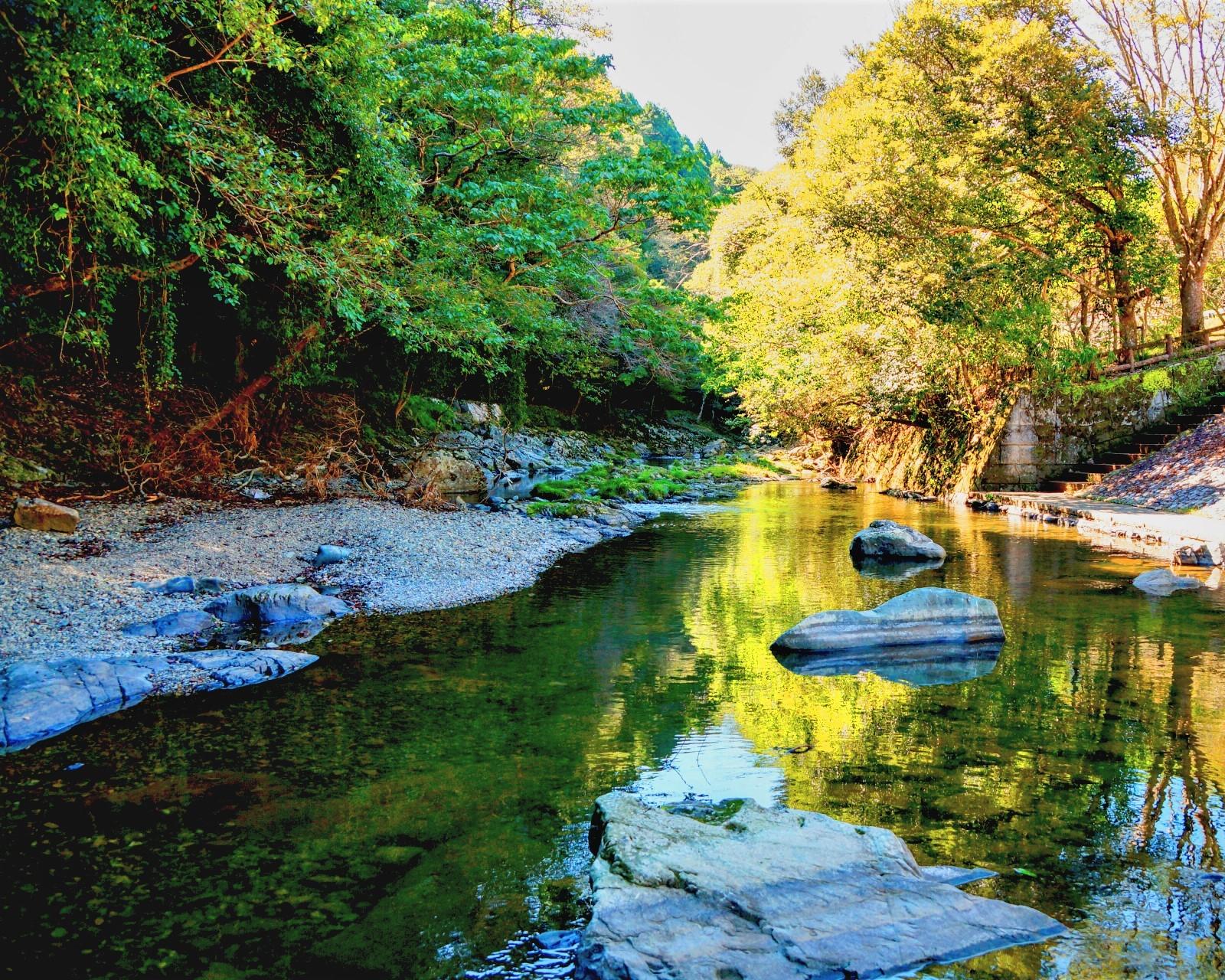
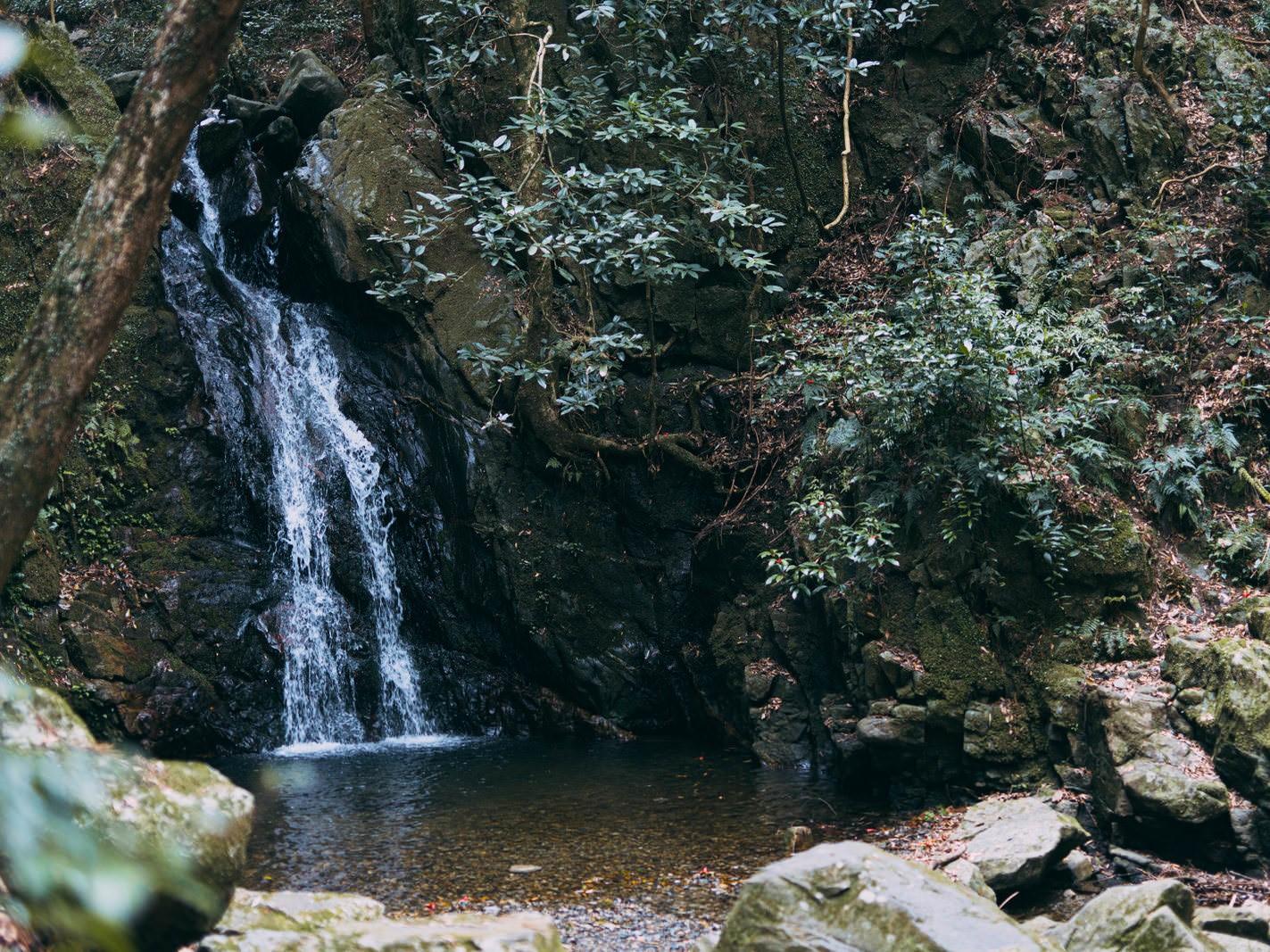
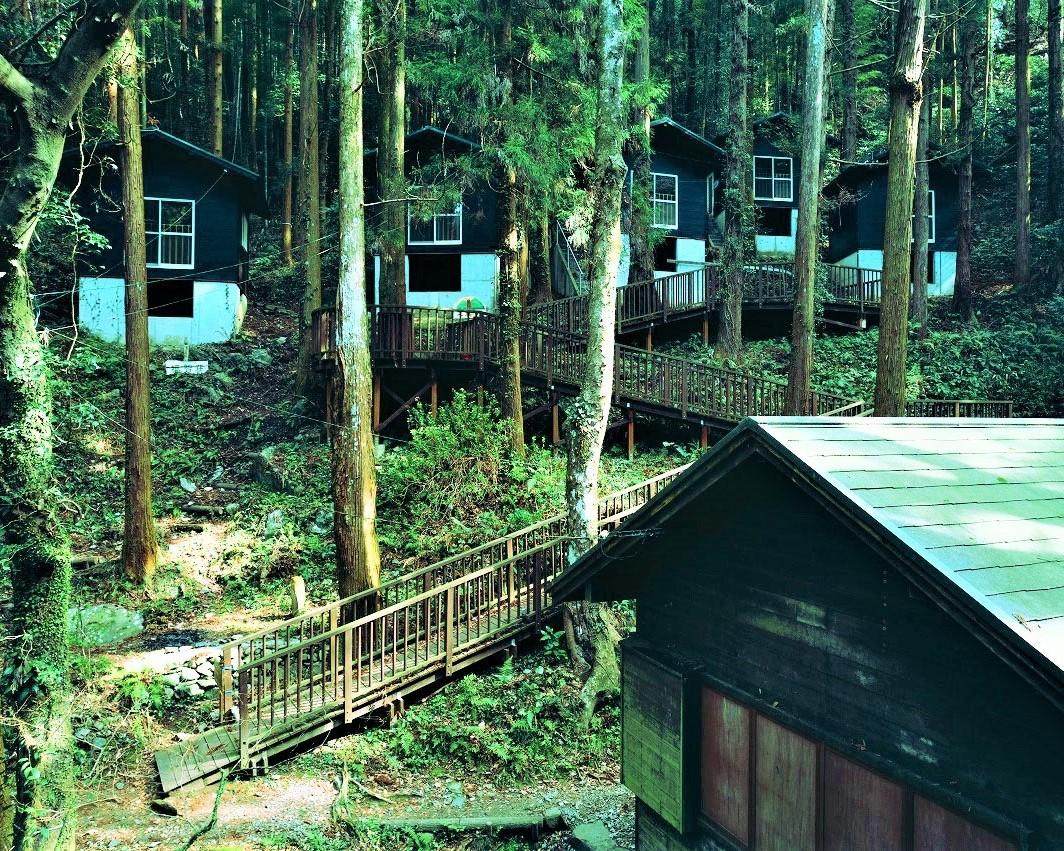
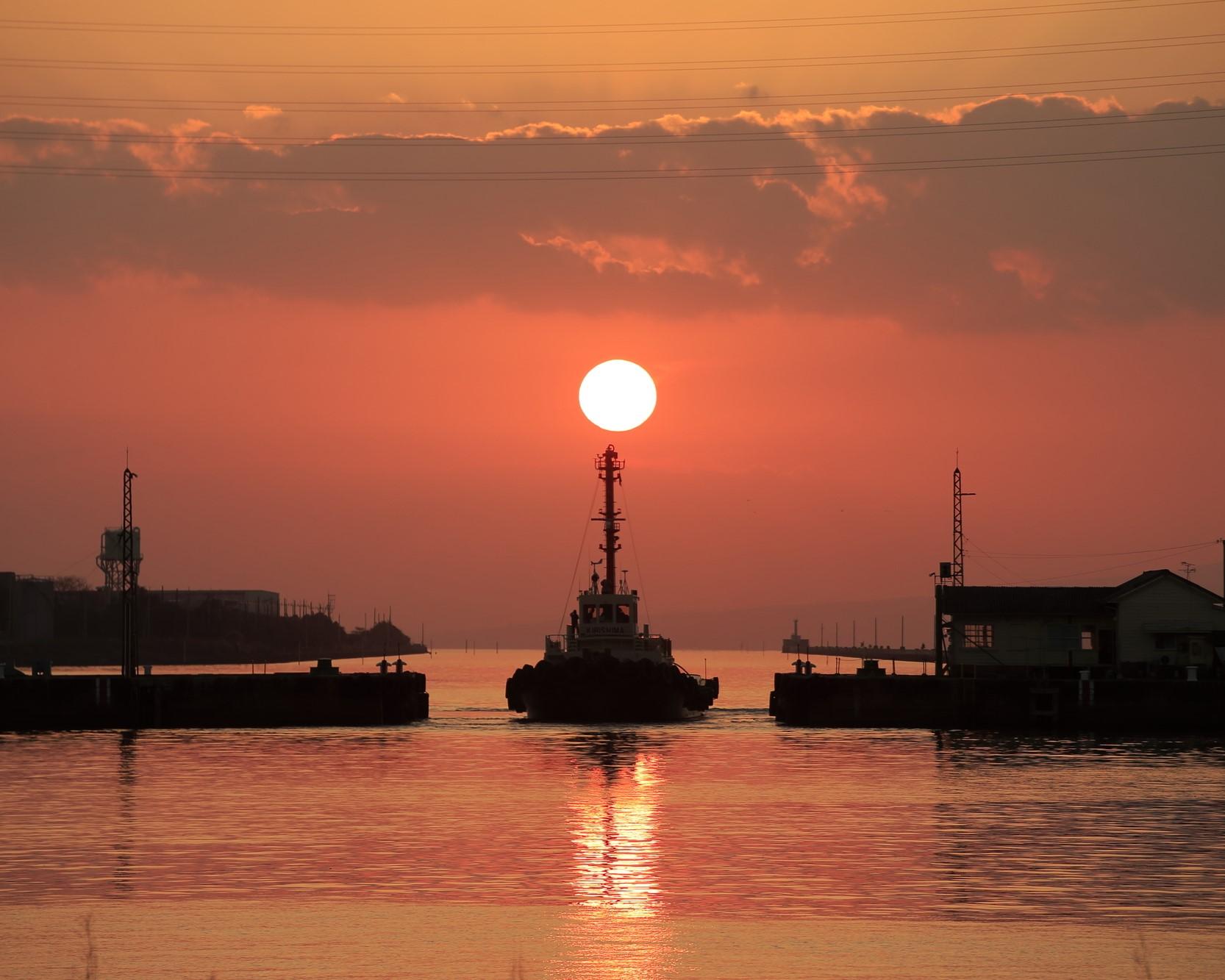
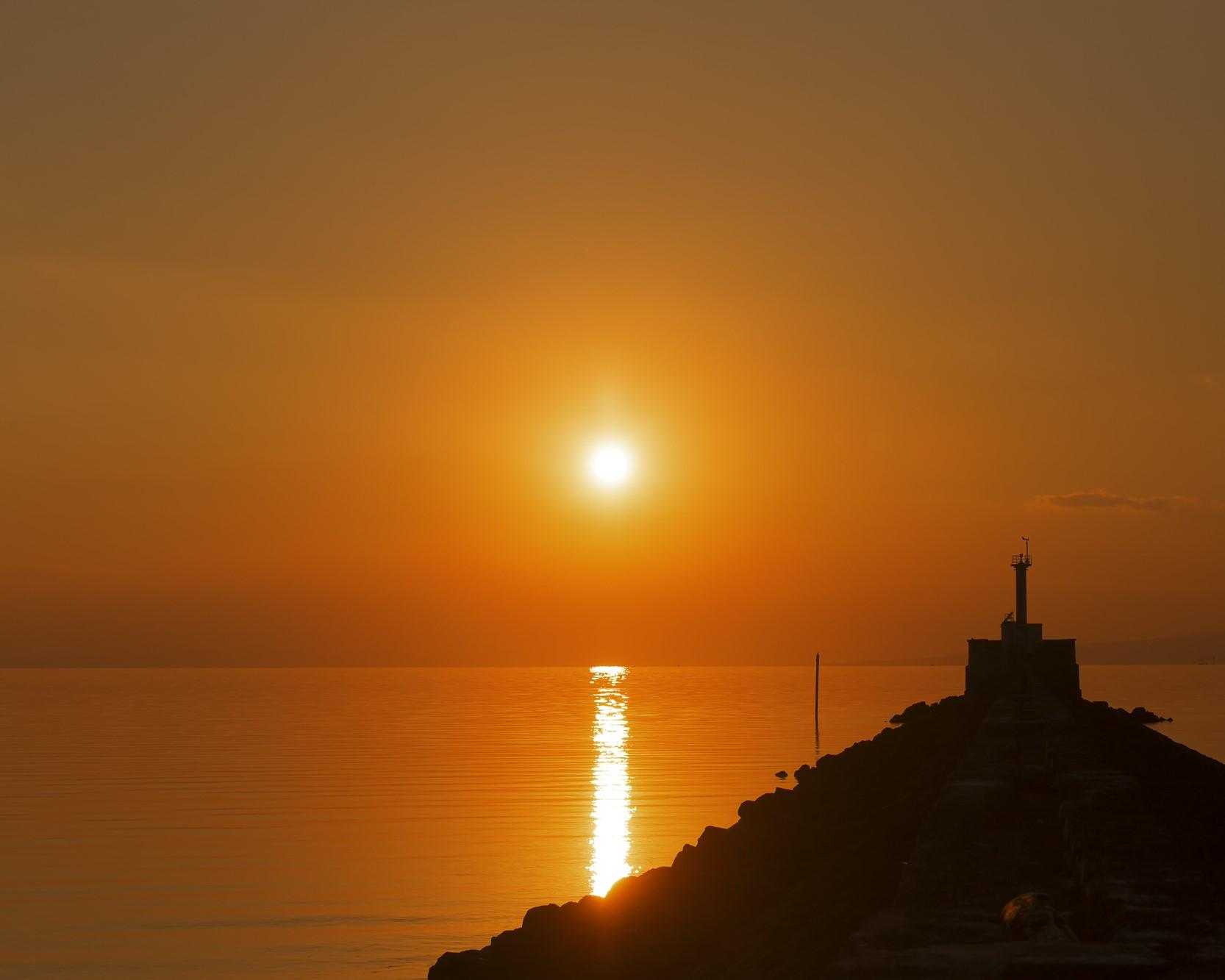
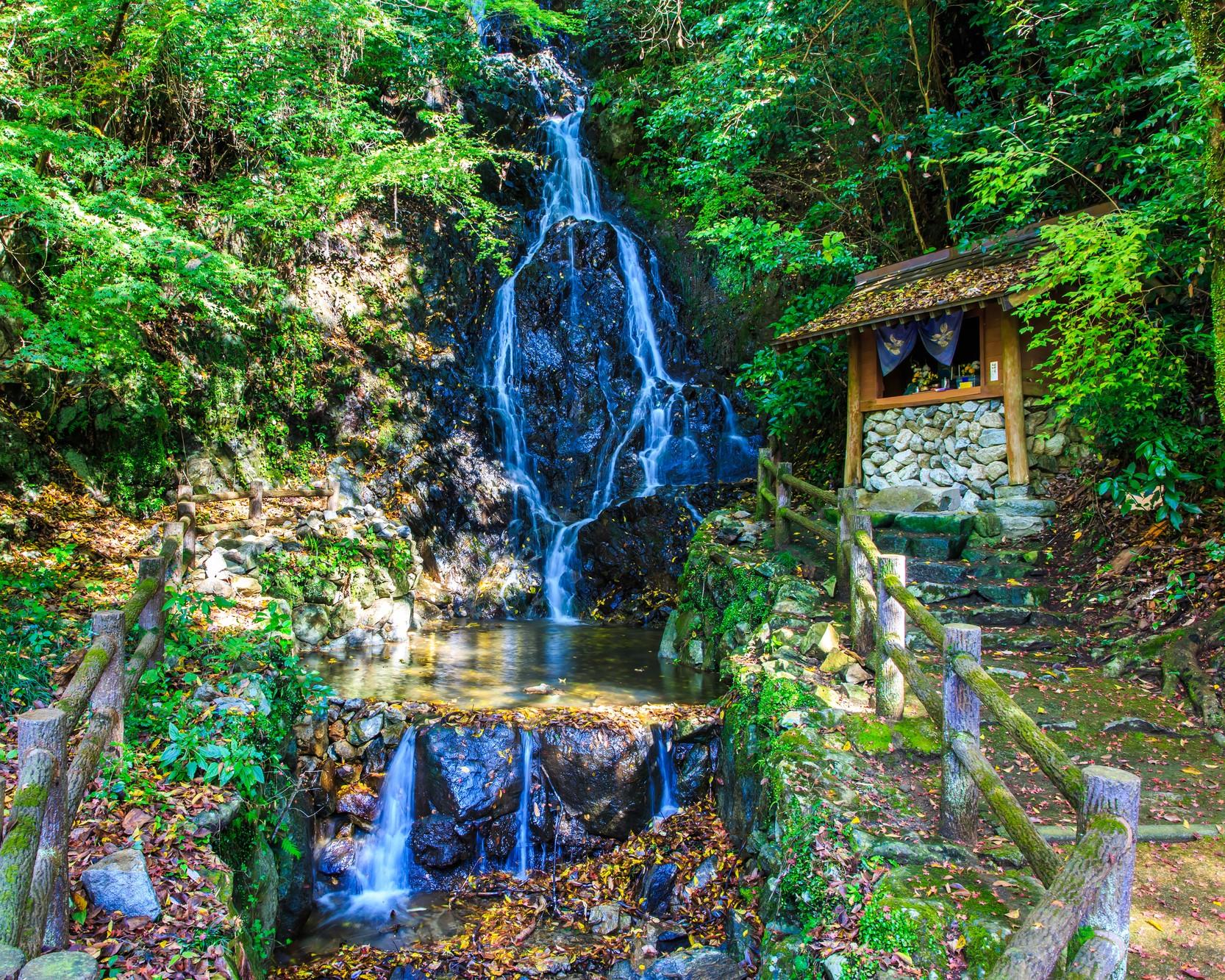
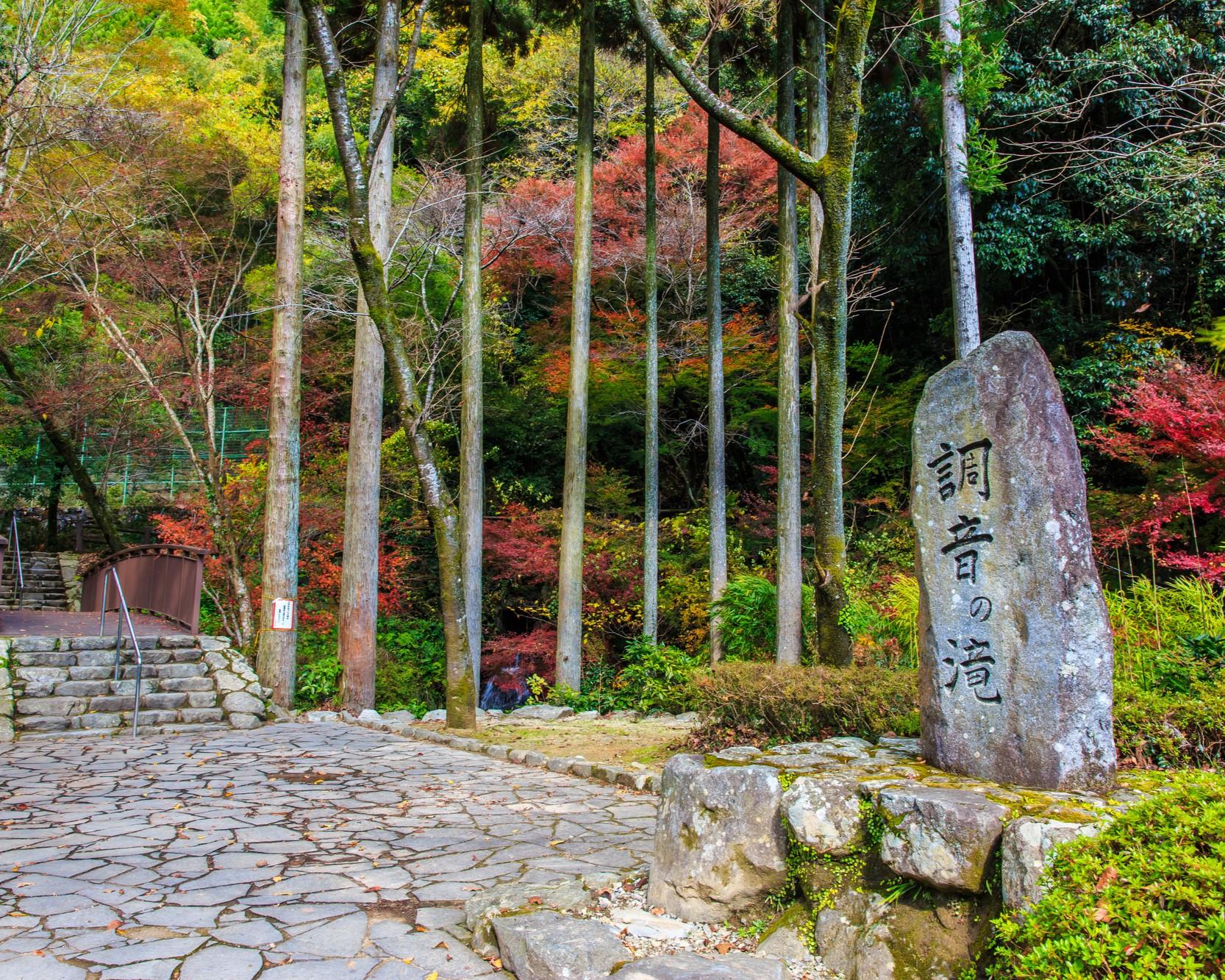

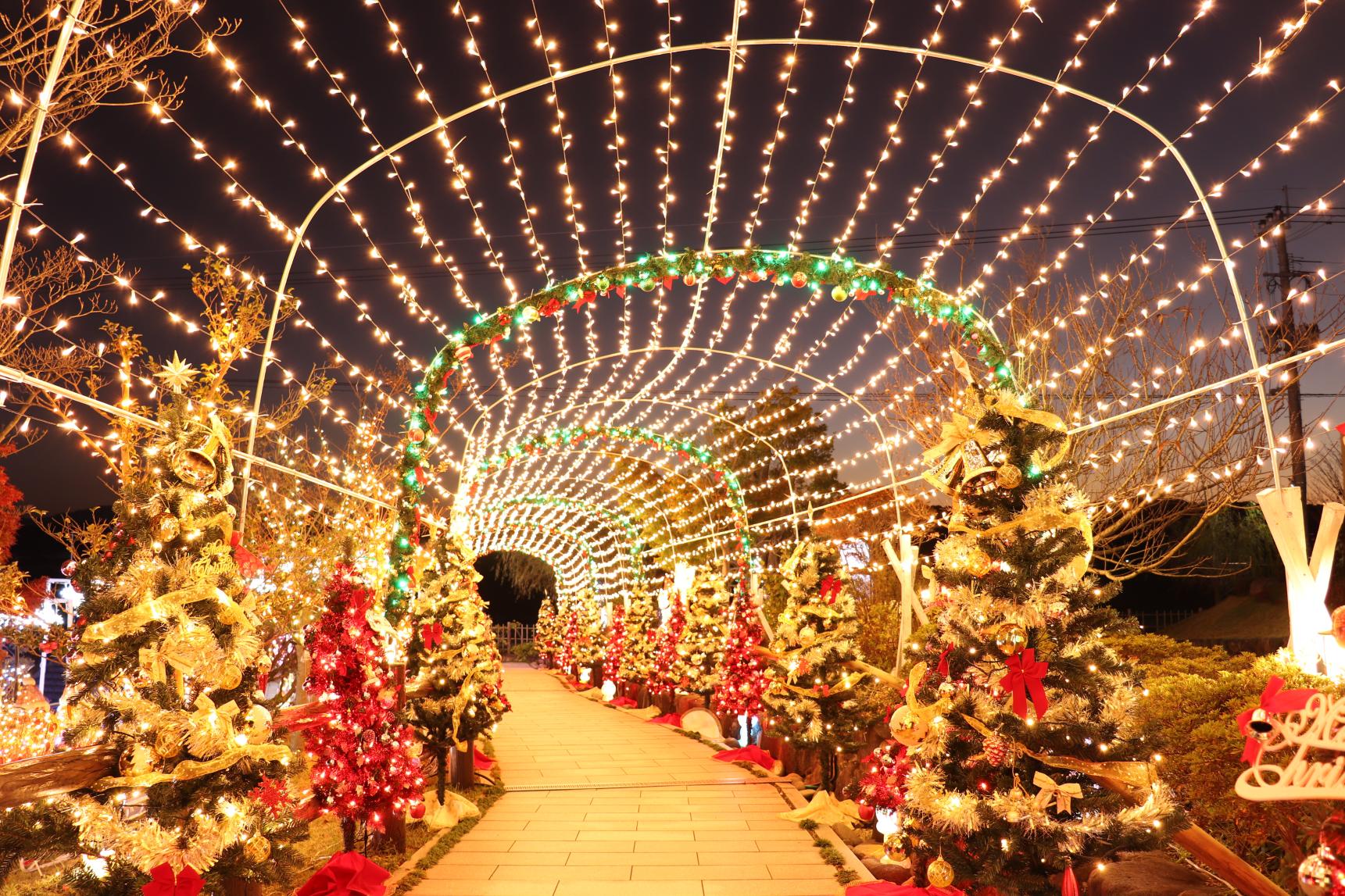
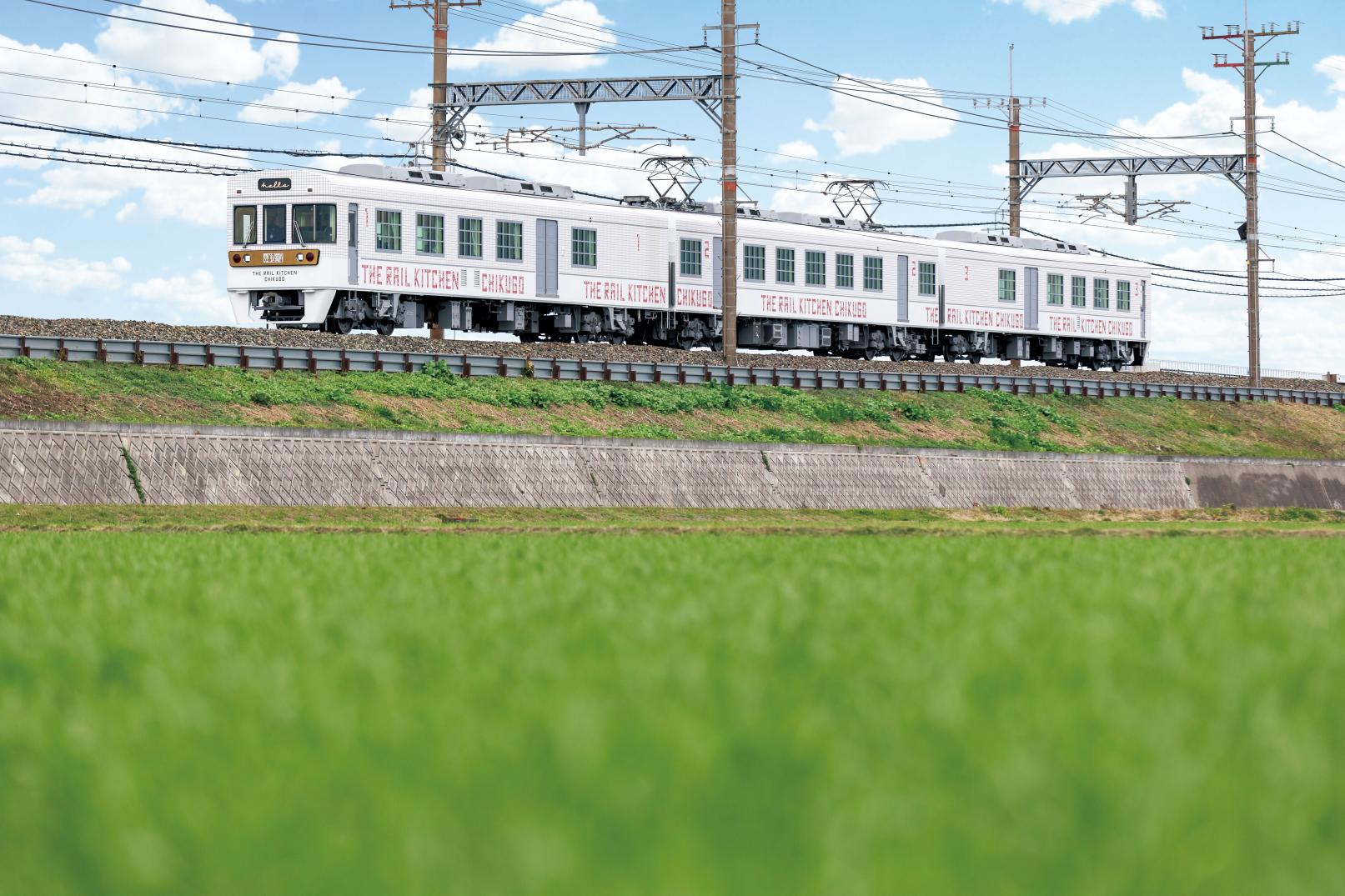
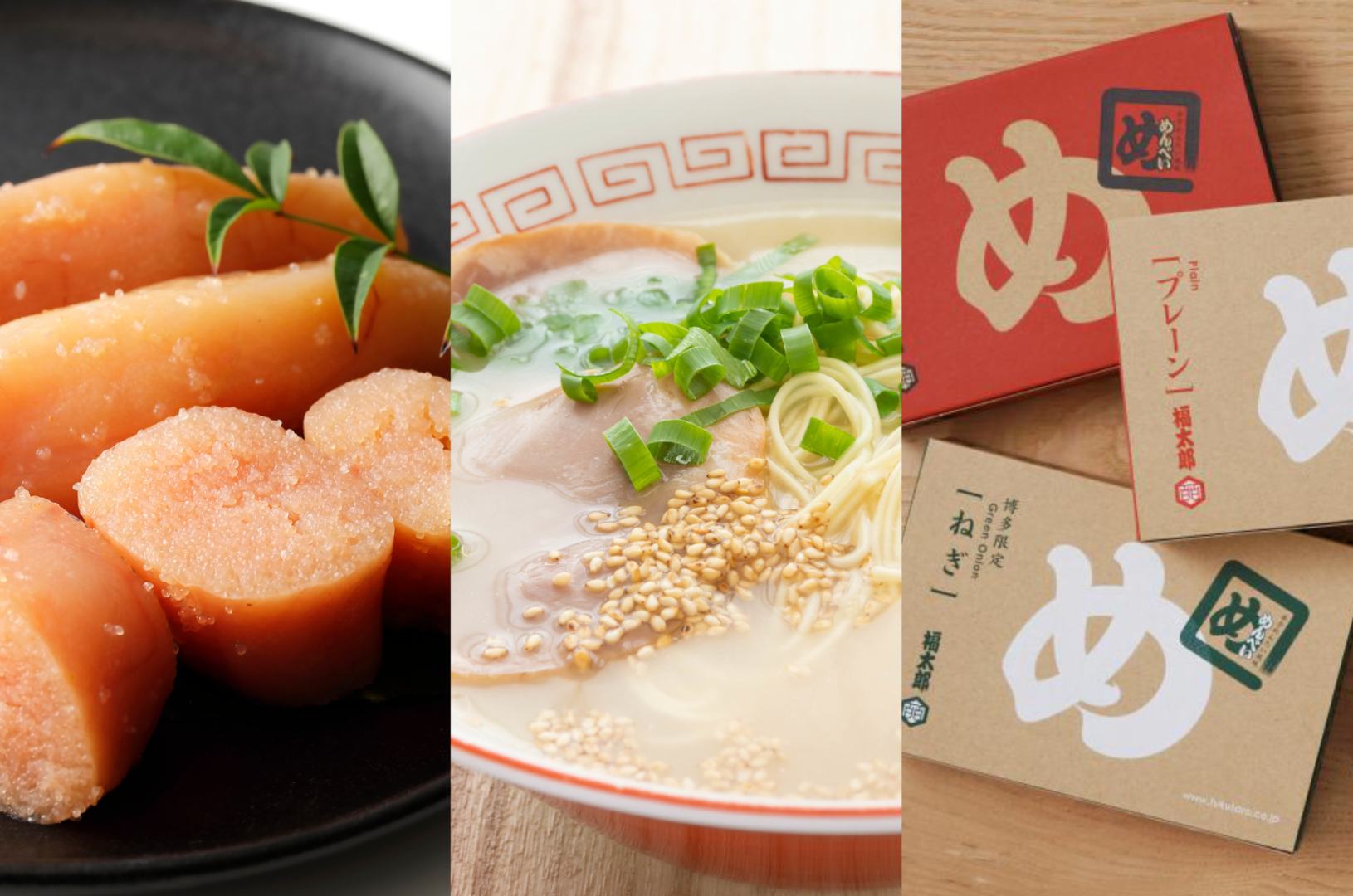
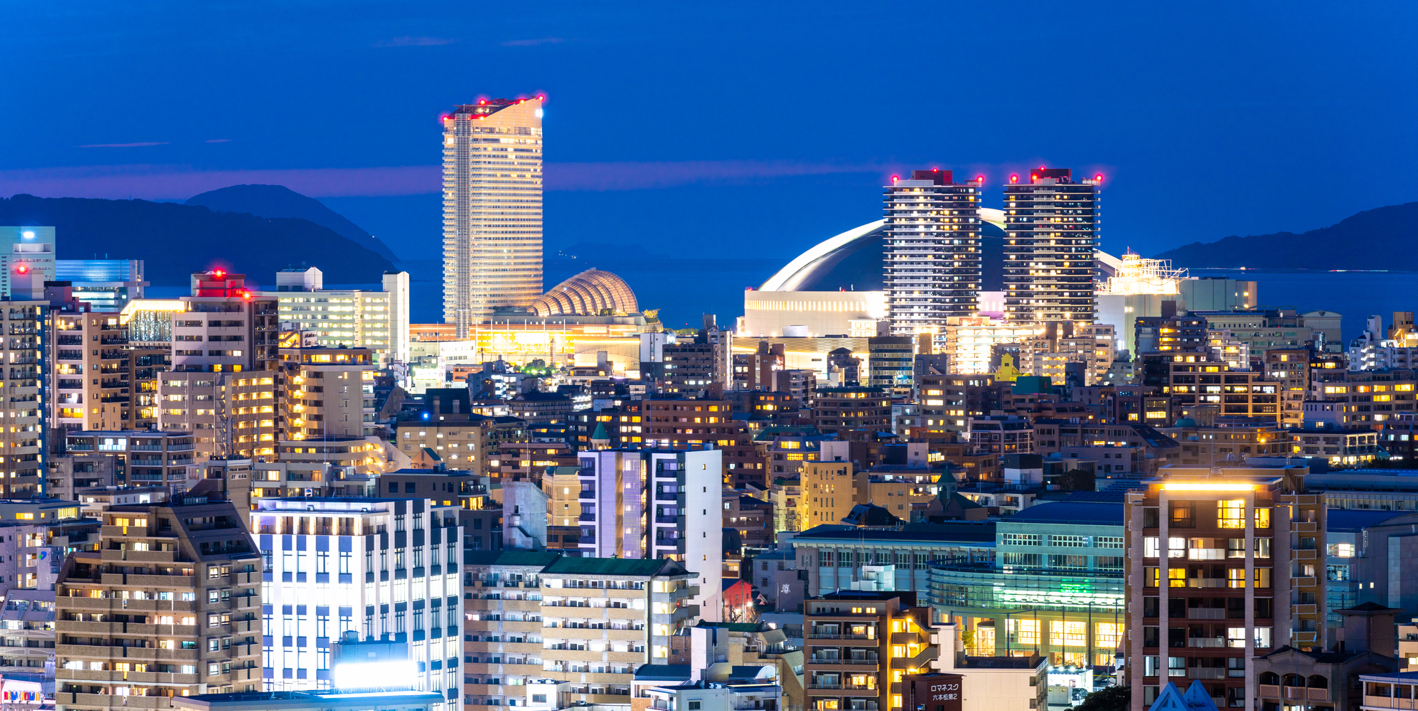
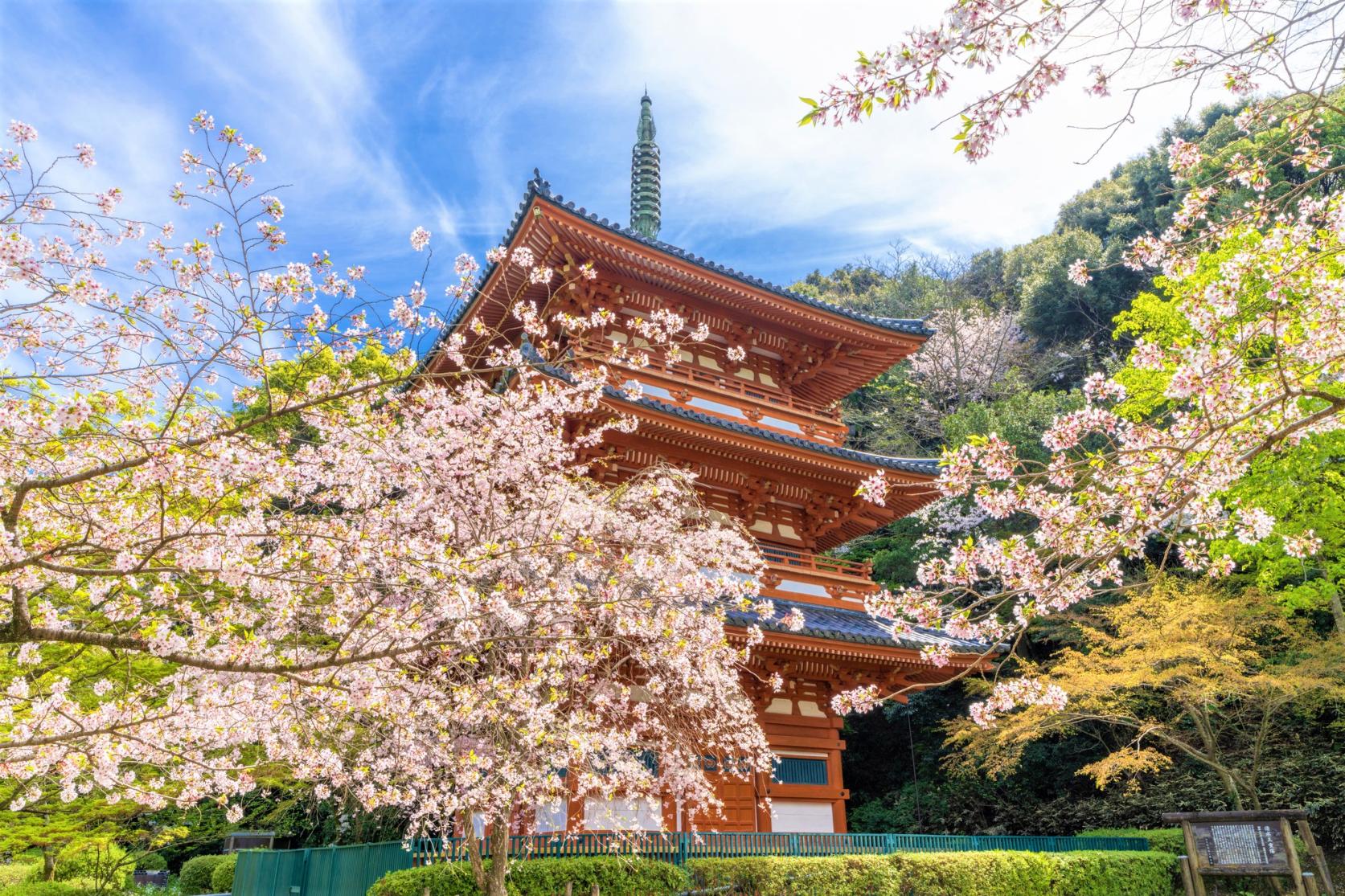
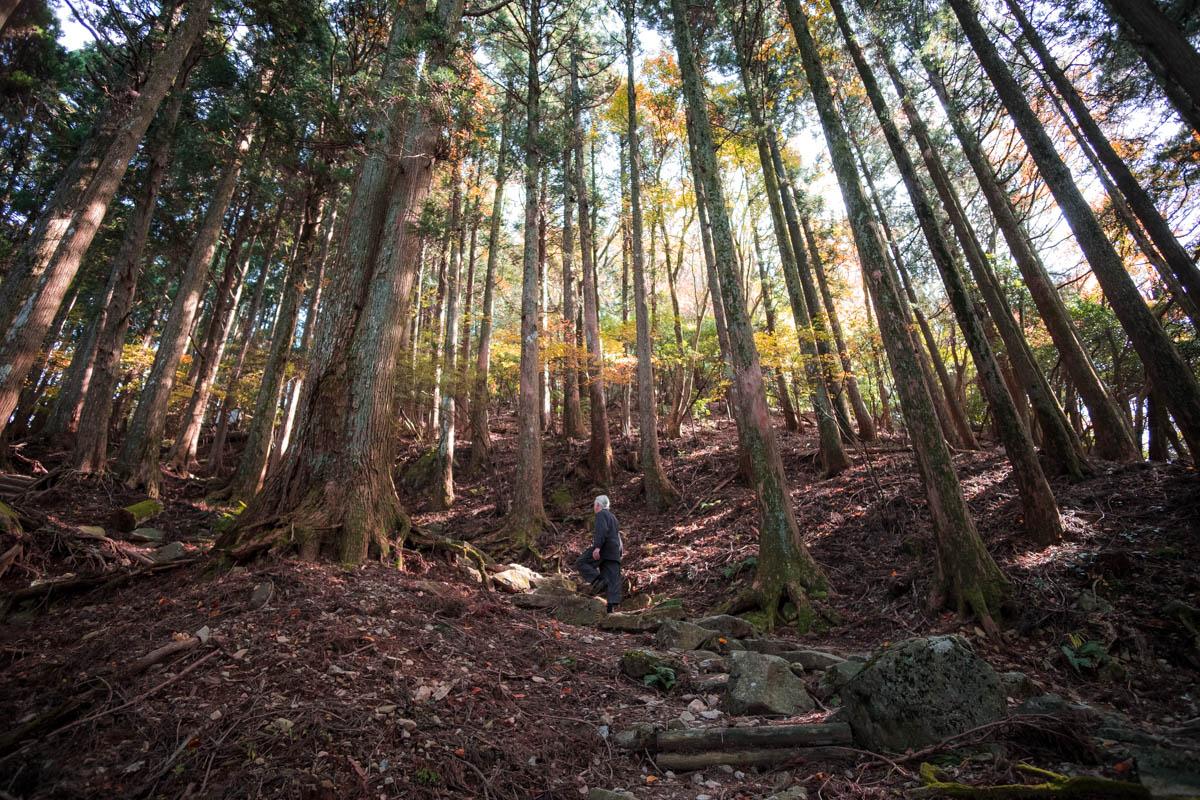
![[2024 Edition] Your Guide to Fukuoka Prefecture's Best Fall Foliage Destinations-1](https://www.crossroadfukuoka.jp/storage/special_features/279/responsive_images/49m7voPHQ1J9tJsmiguwSxPT6qZON51ATRvm5NJK__1673_1115.jpg)
![[2024 Edition] Enjoy the New Year in Fukuoka! Special Feature on First Sunrise and Hatsumode-1](https://www.crossroadfukuoka.jp/storage/special_features/303/responsive_images/WMWmetE3zassCD8JlncouwivzCqCrrAAwwhp5OGF__1669_866.jpg)
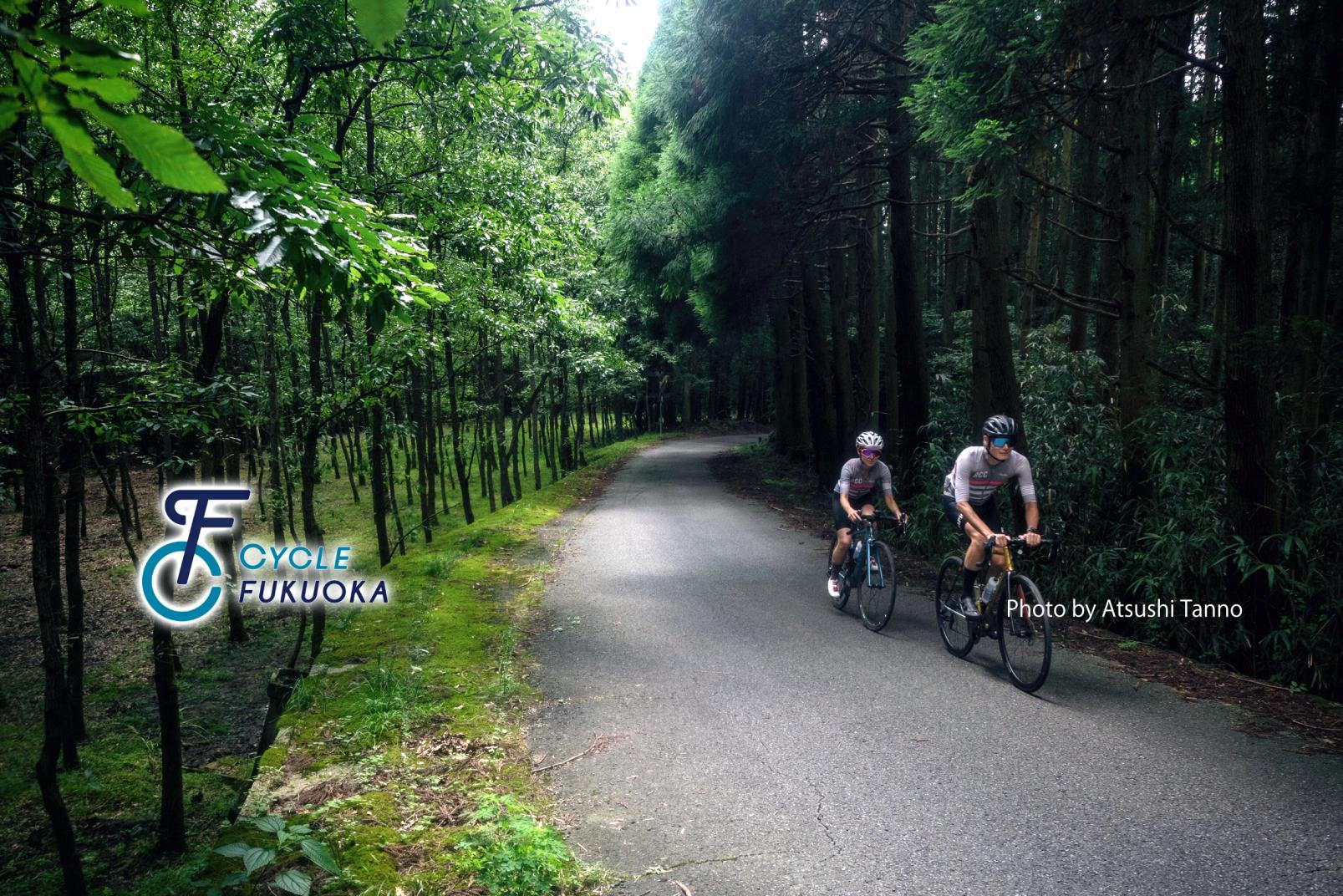
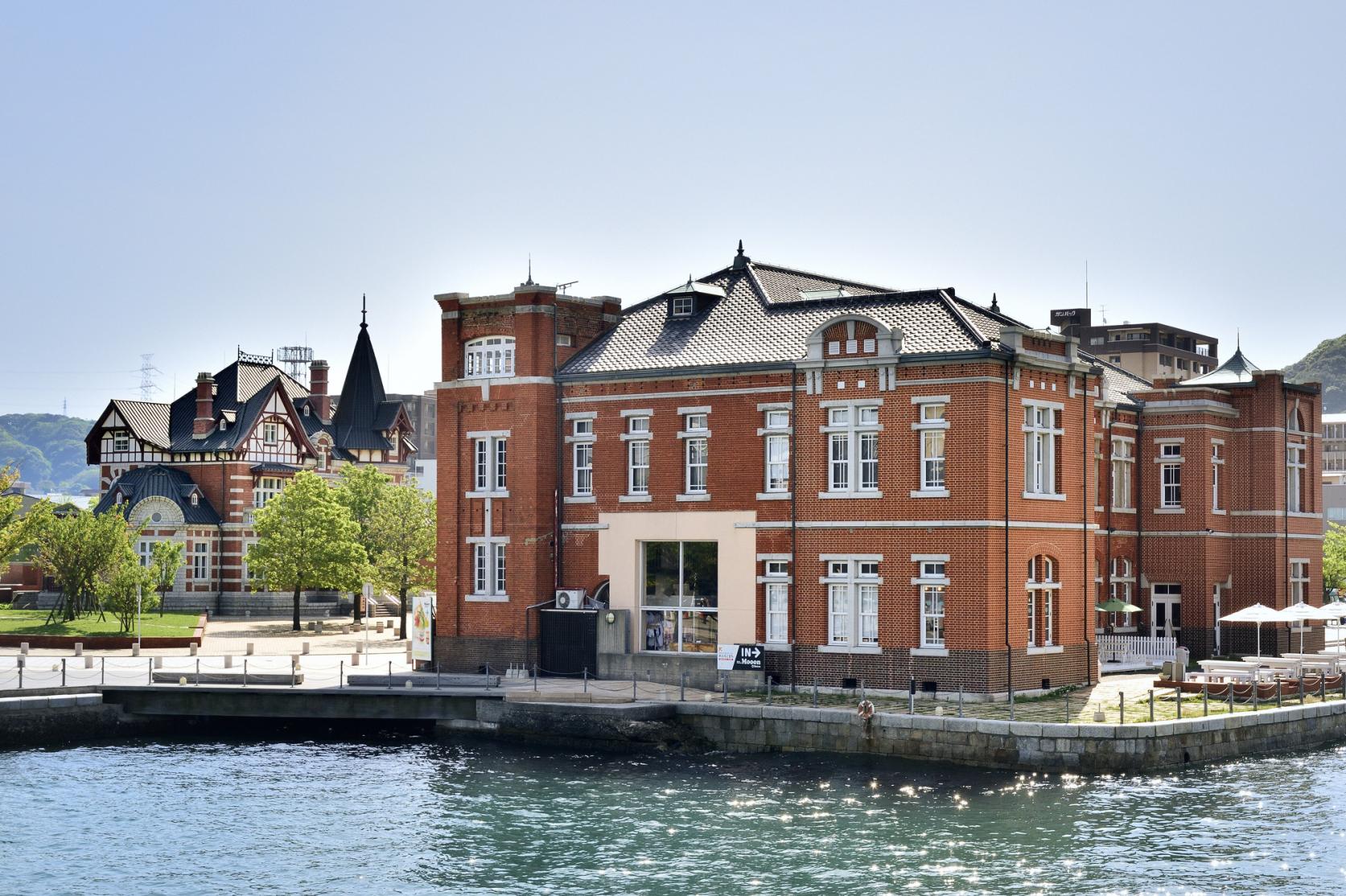
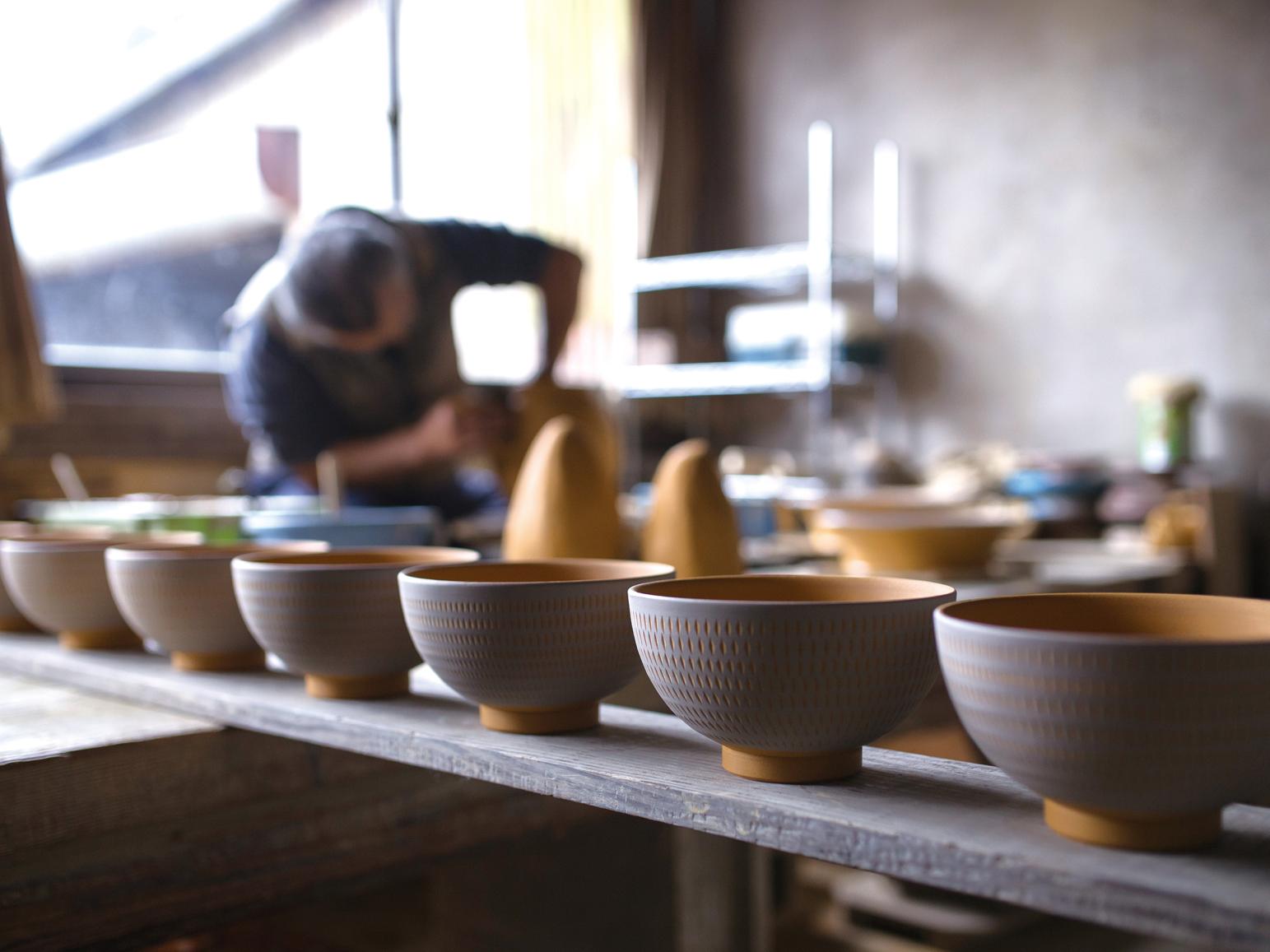
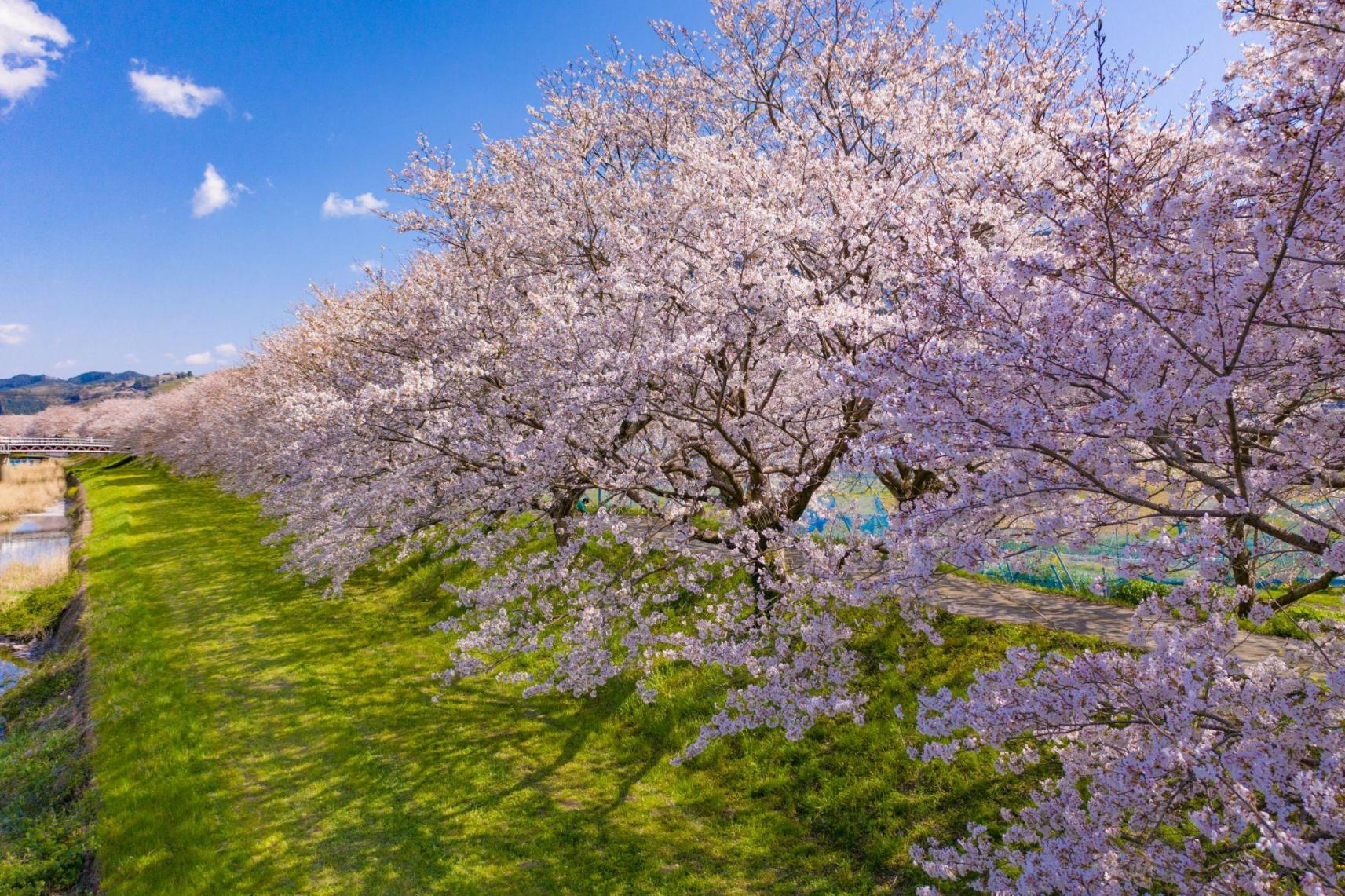
![[2023 Edition] Strawberry Picking Spots in Fukuoka-1](https://www.crossroadfukuoka.jp/storage/special_features/49/responsive_images/9ZHgrqvQdpH8tM4IRF54DXu0aPBF3YGGkj5WOTGc__1673_1115.jpg)
